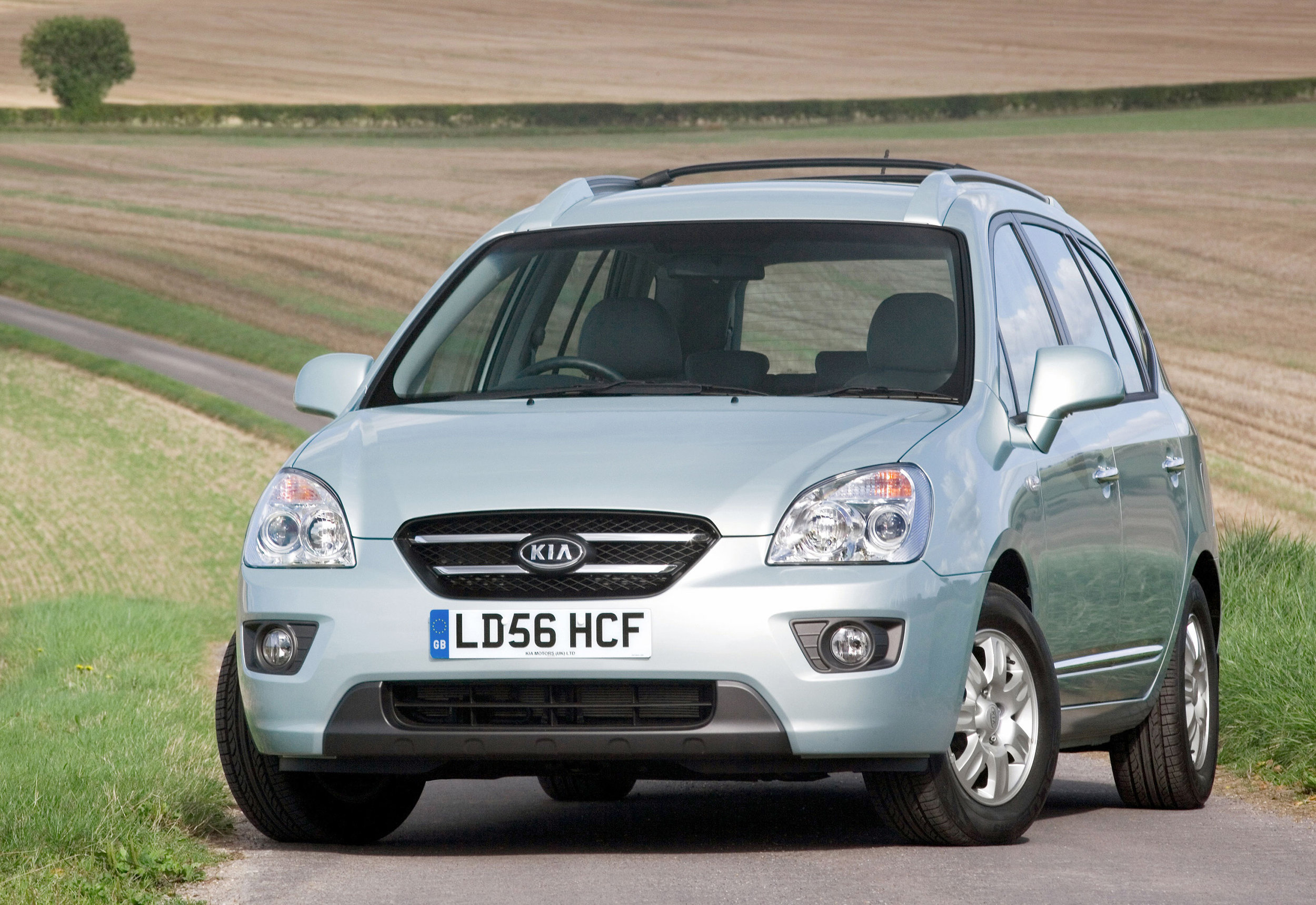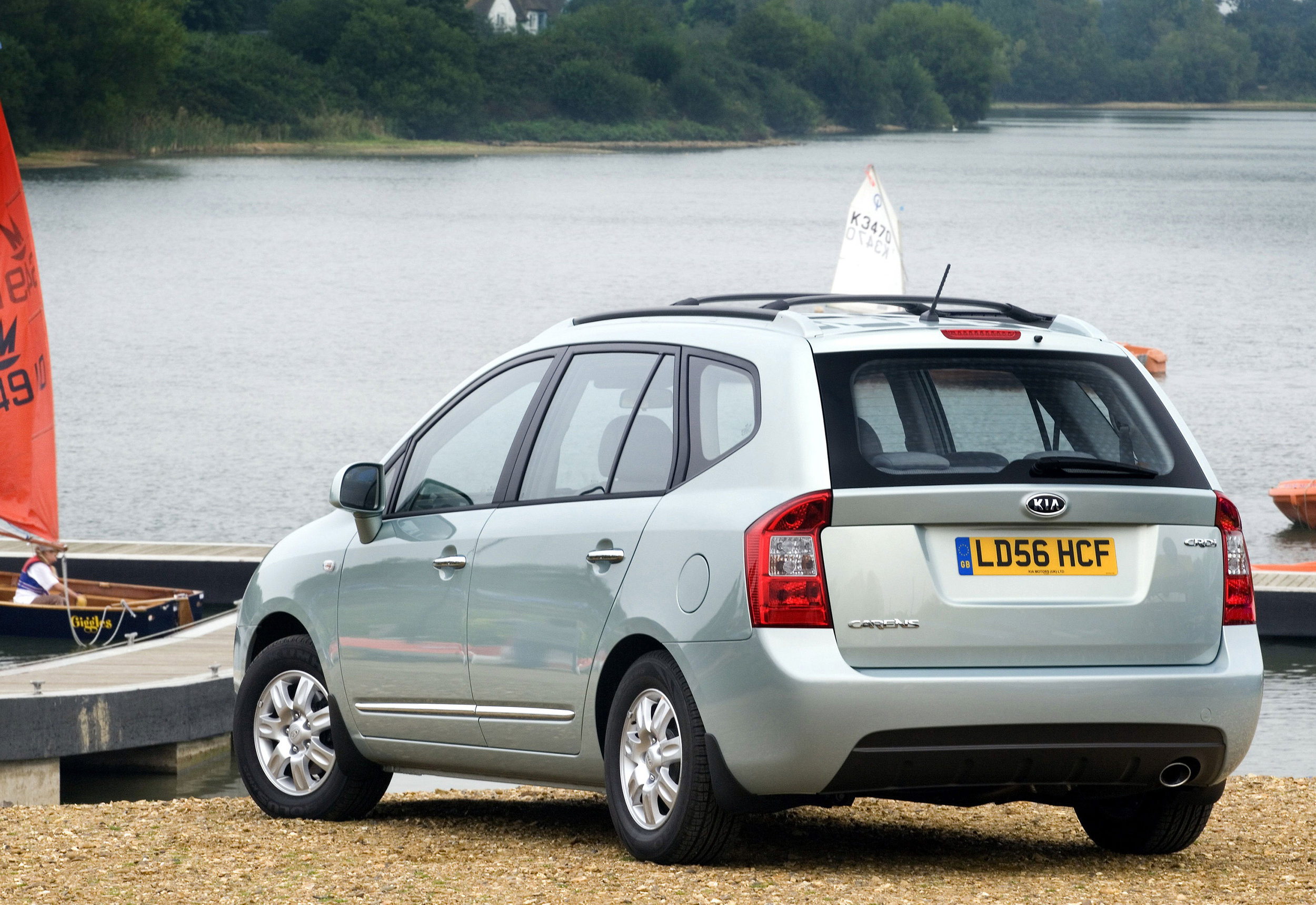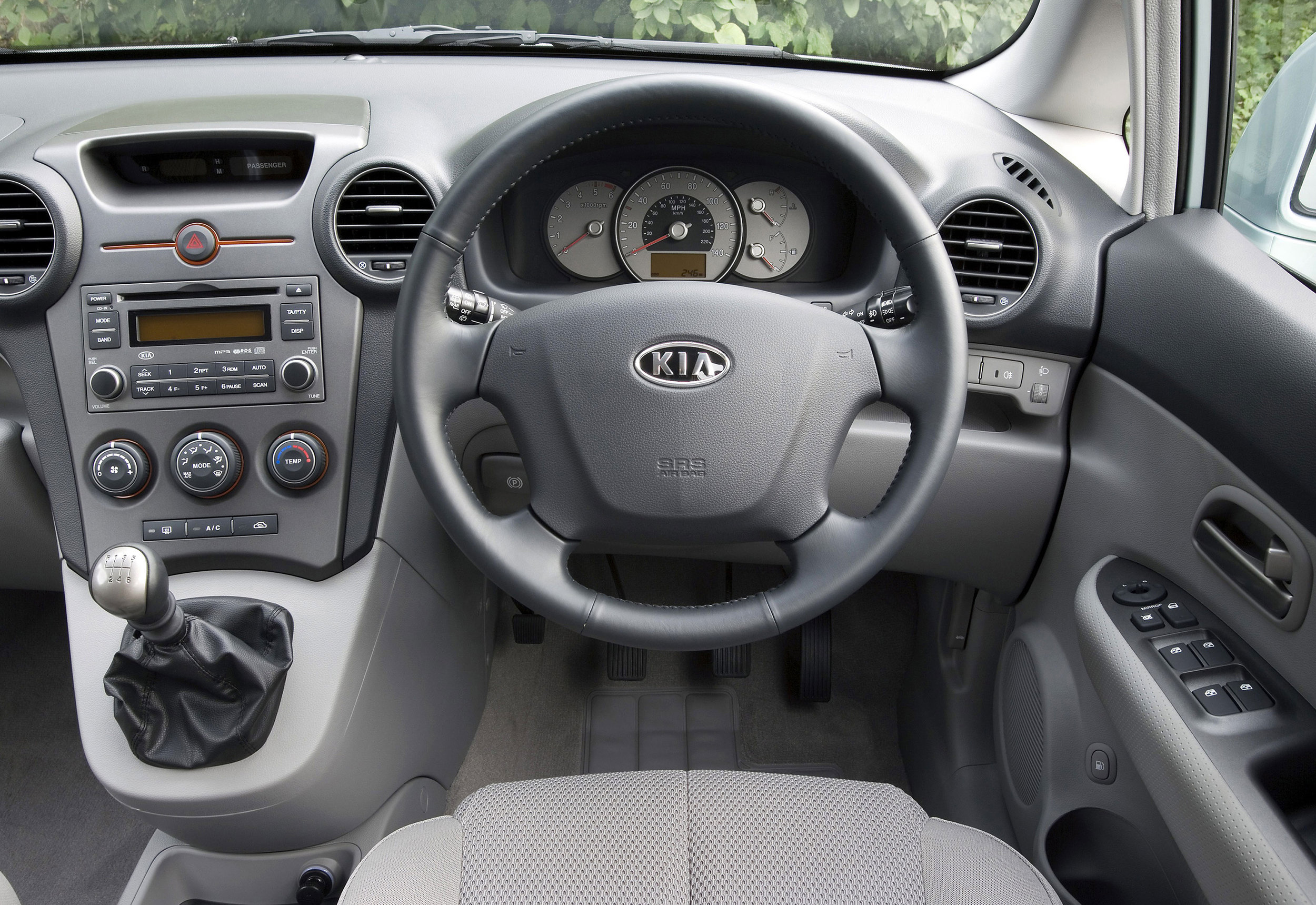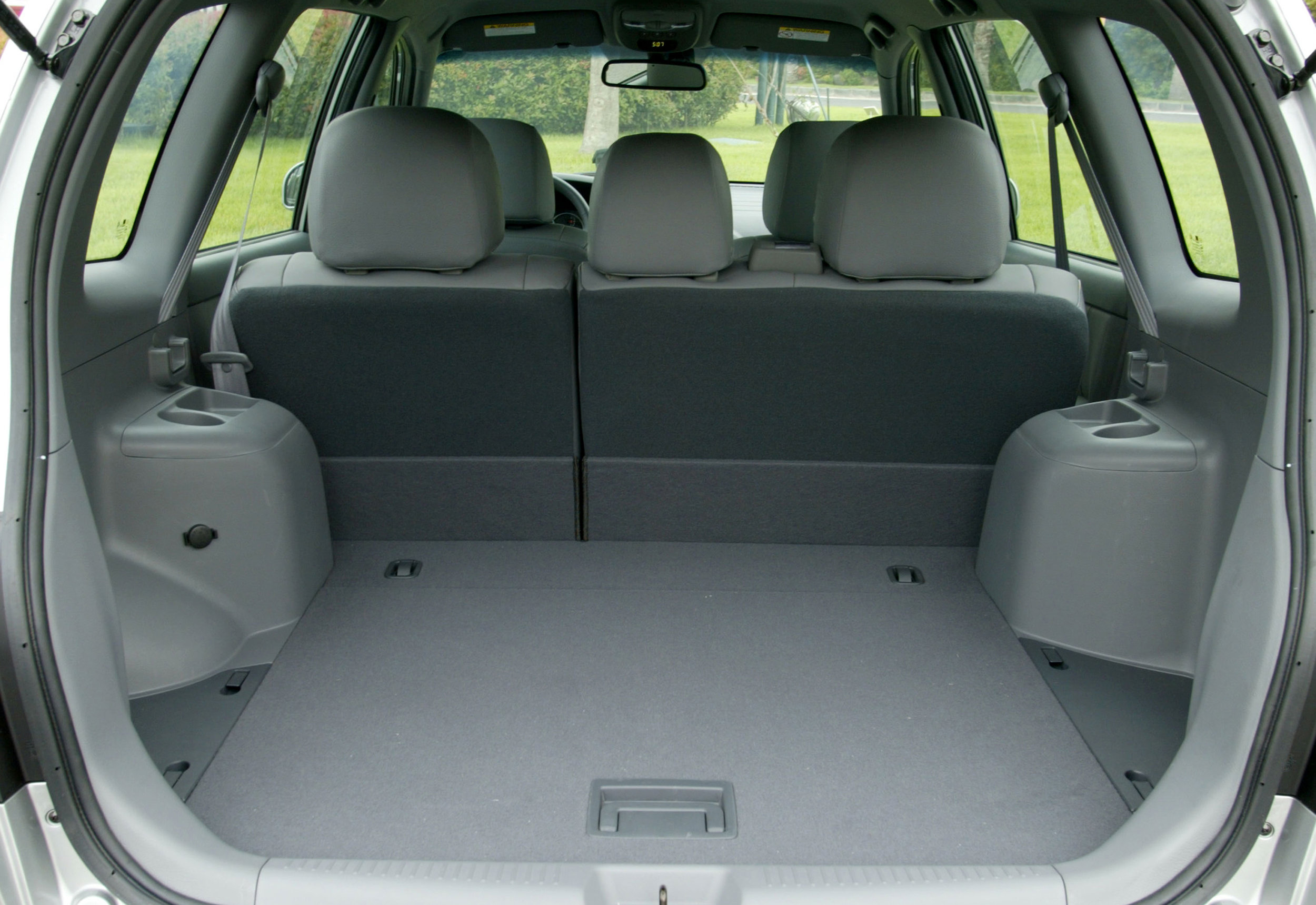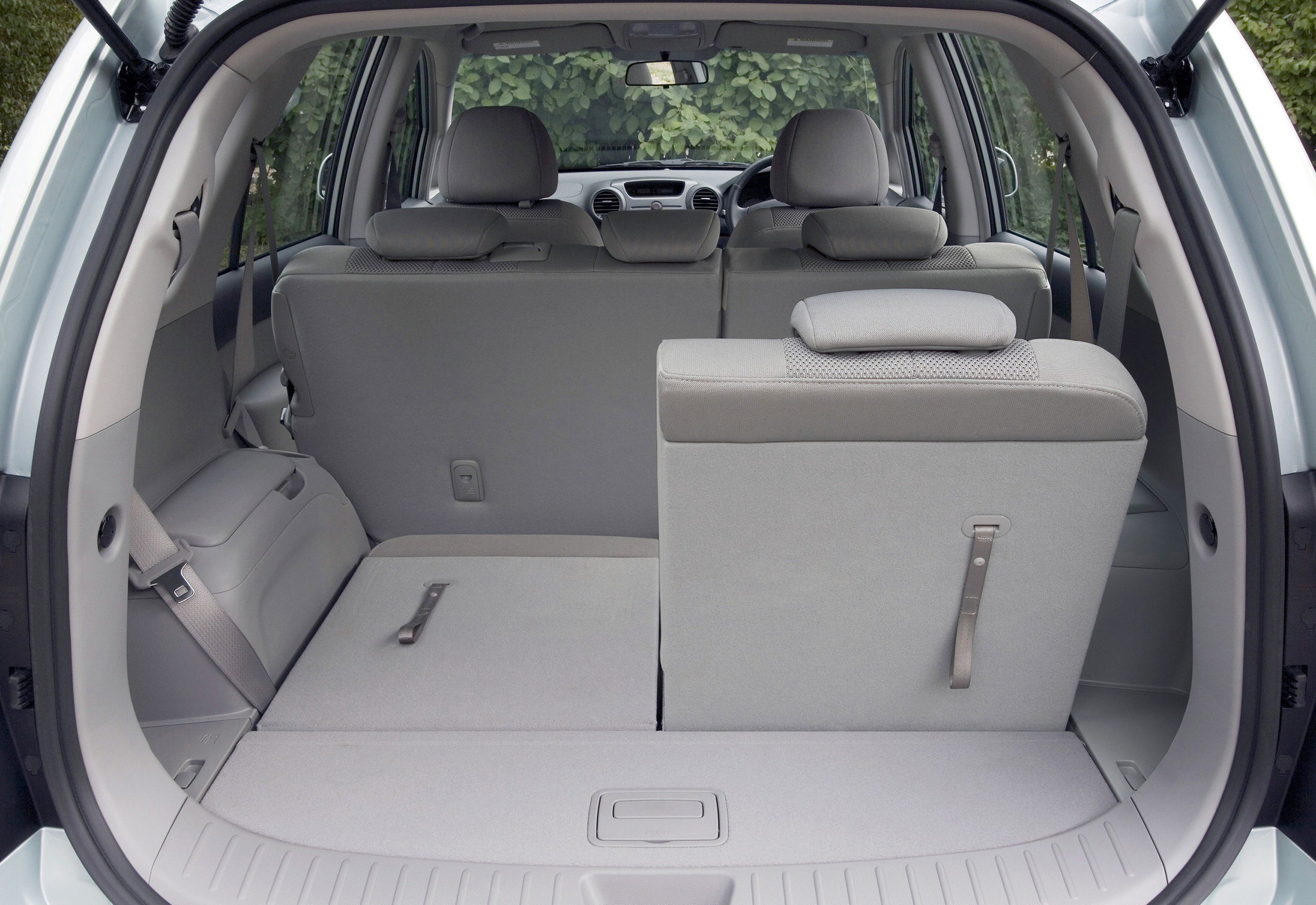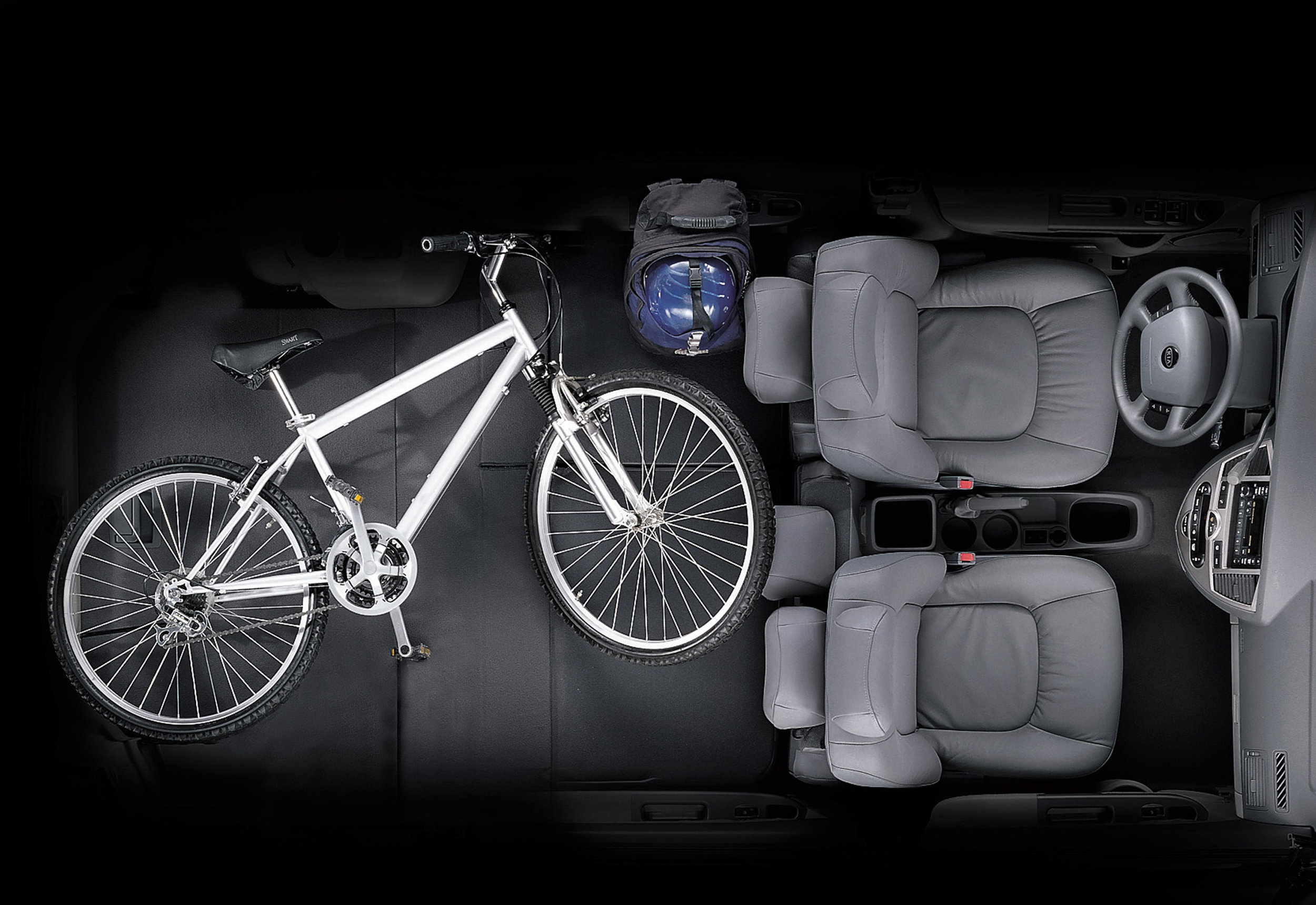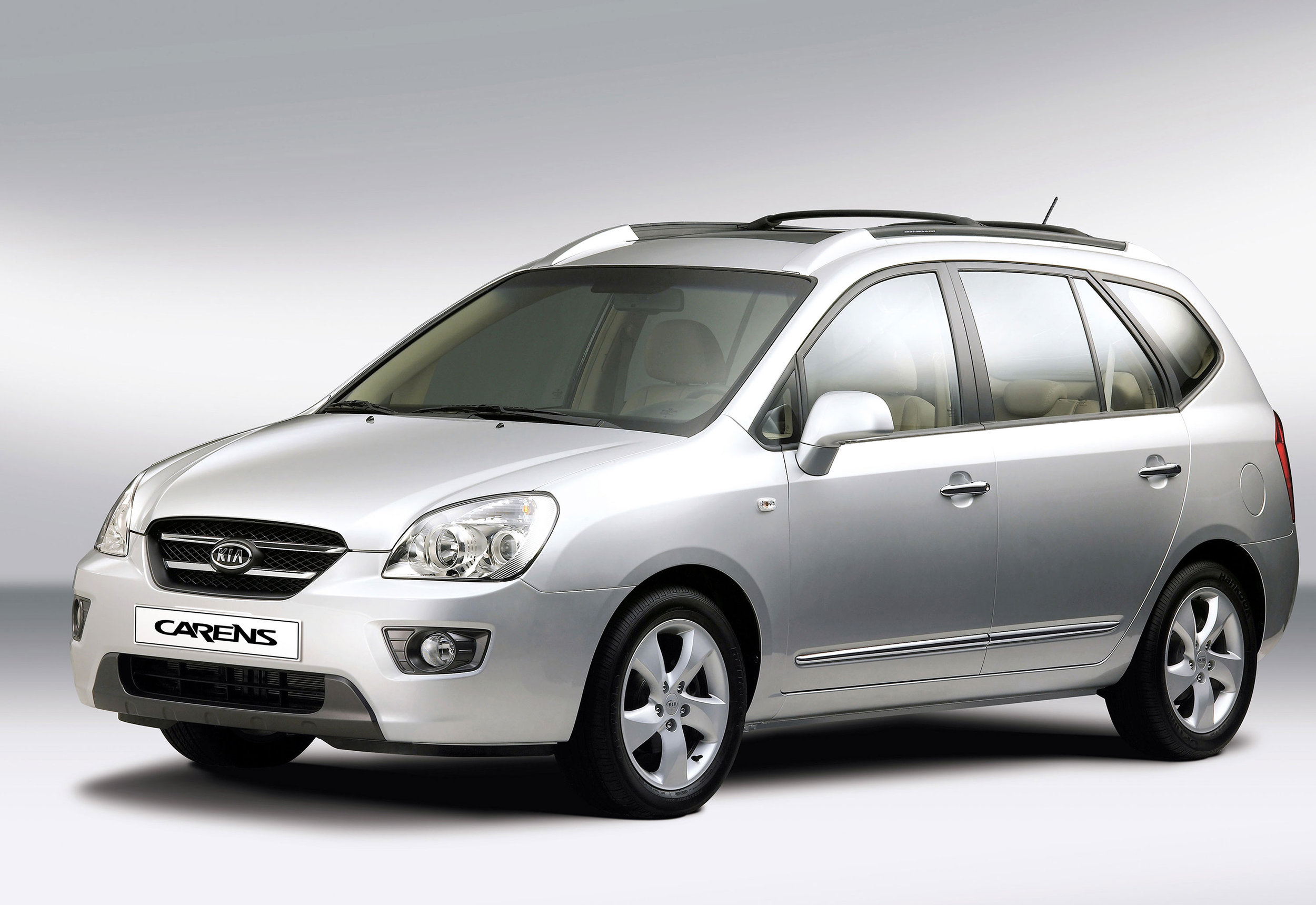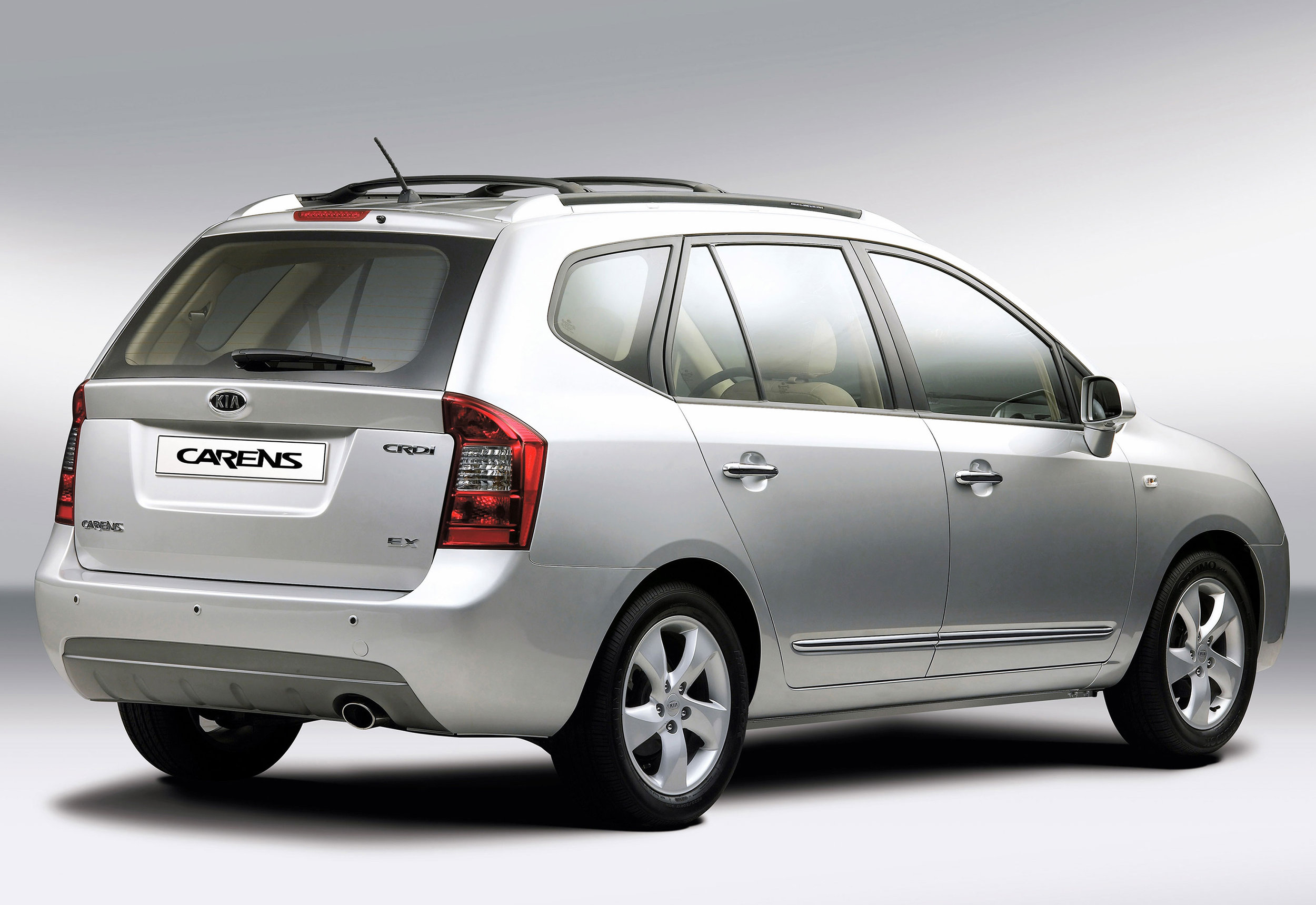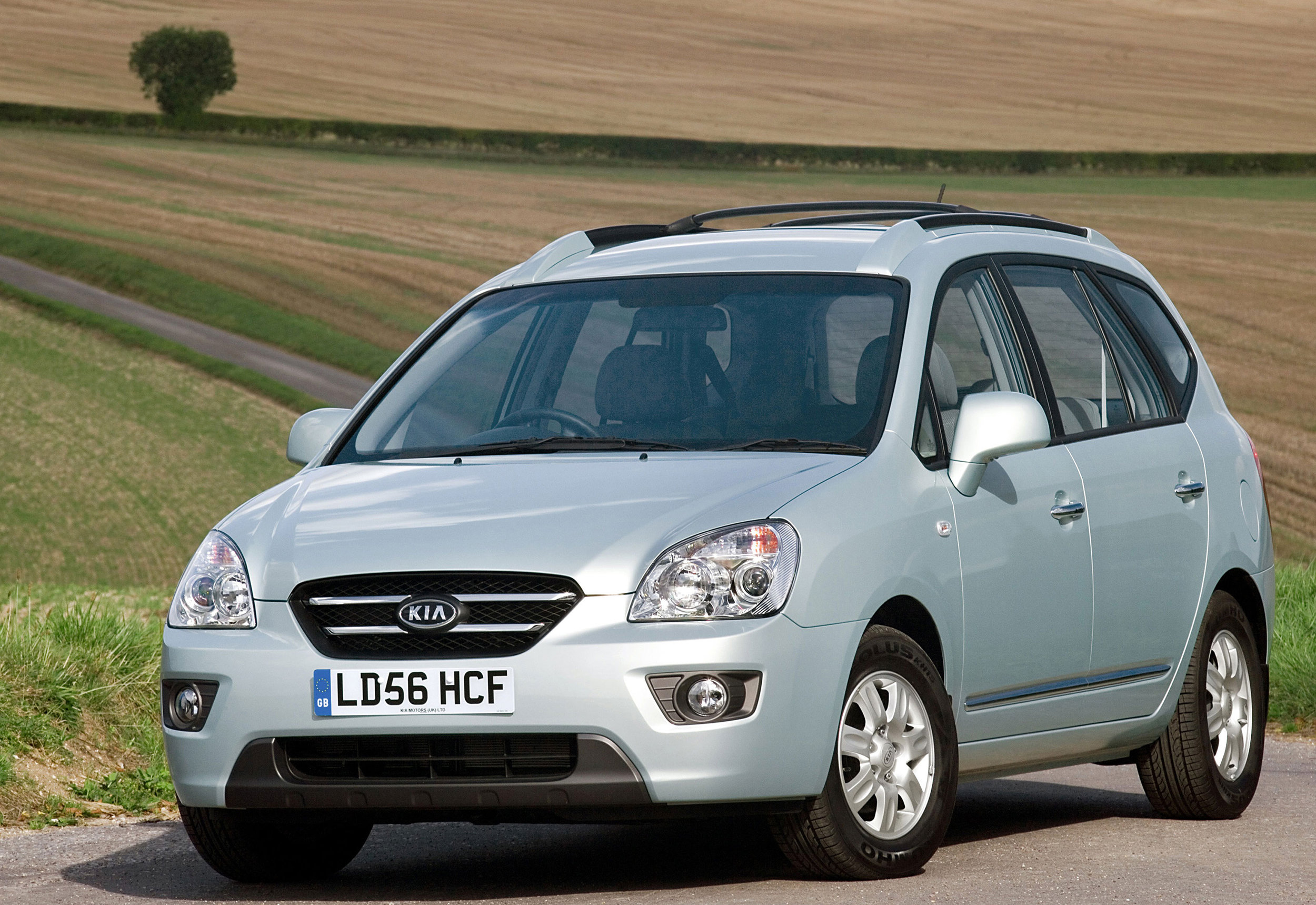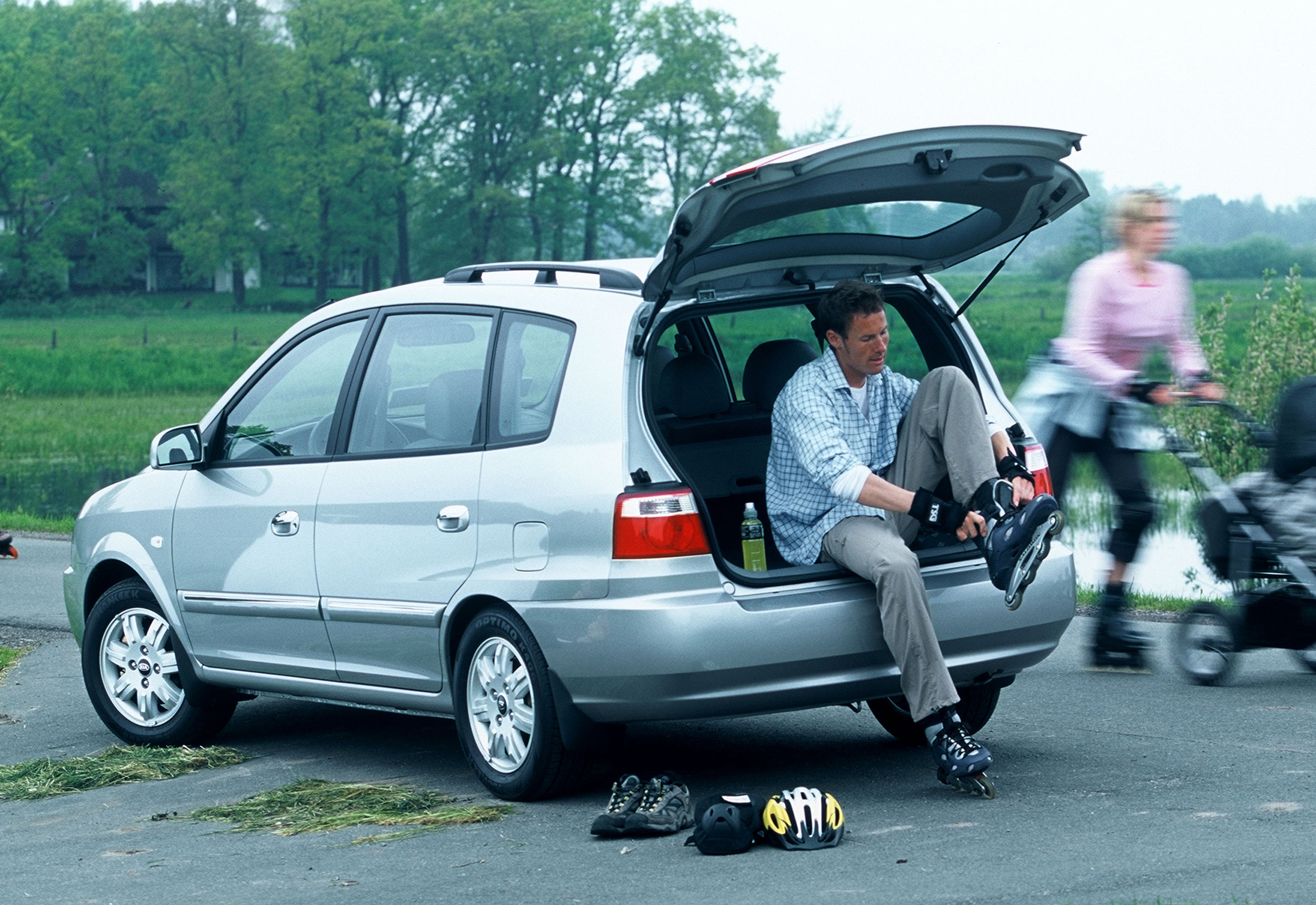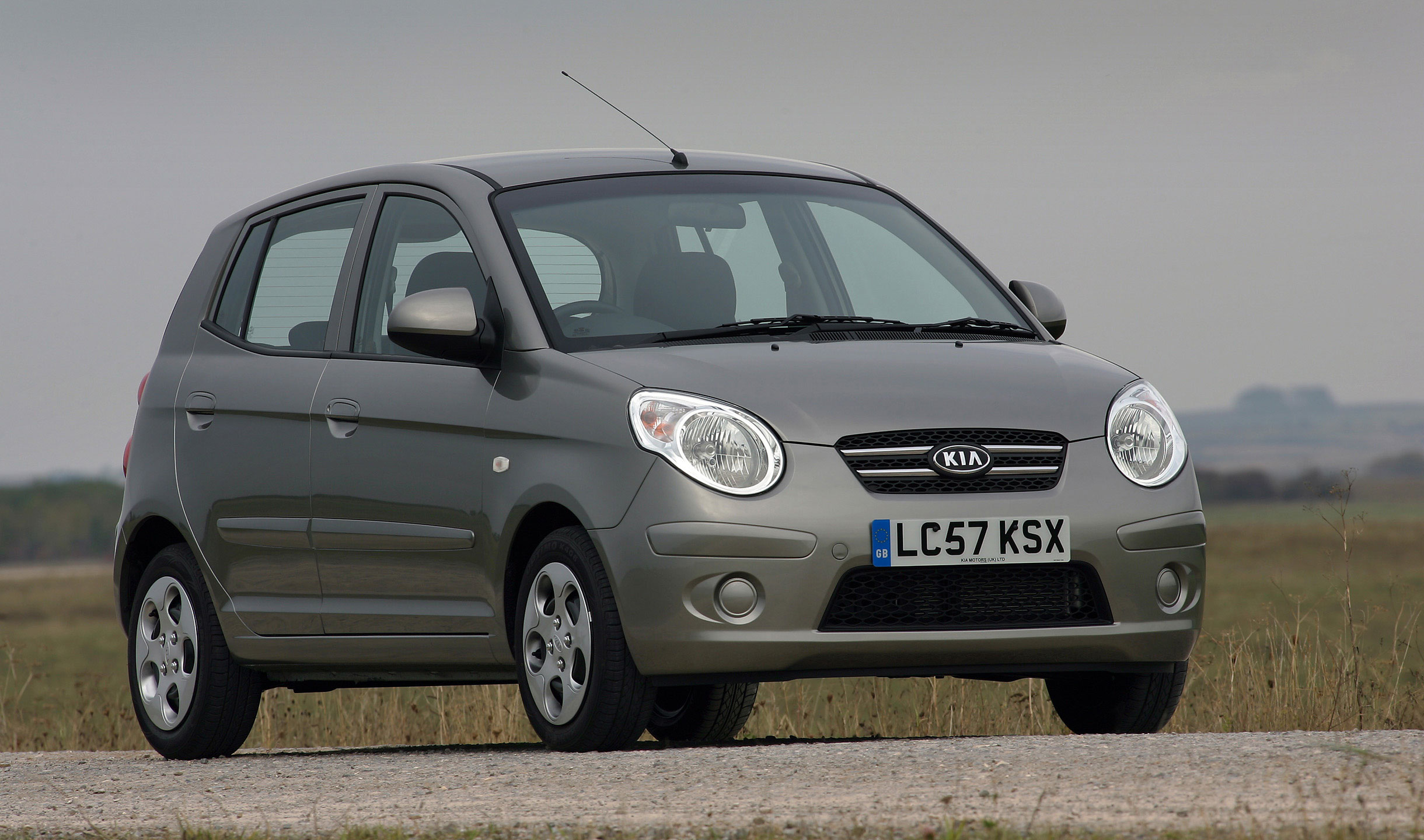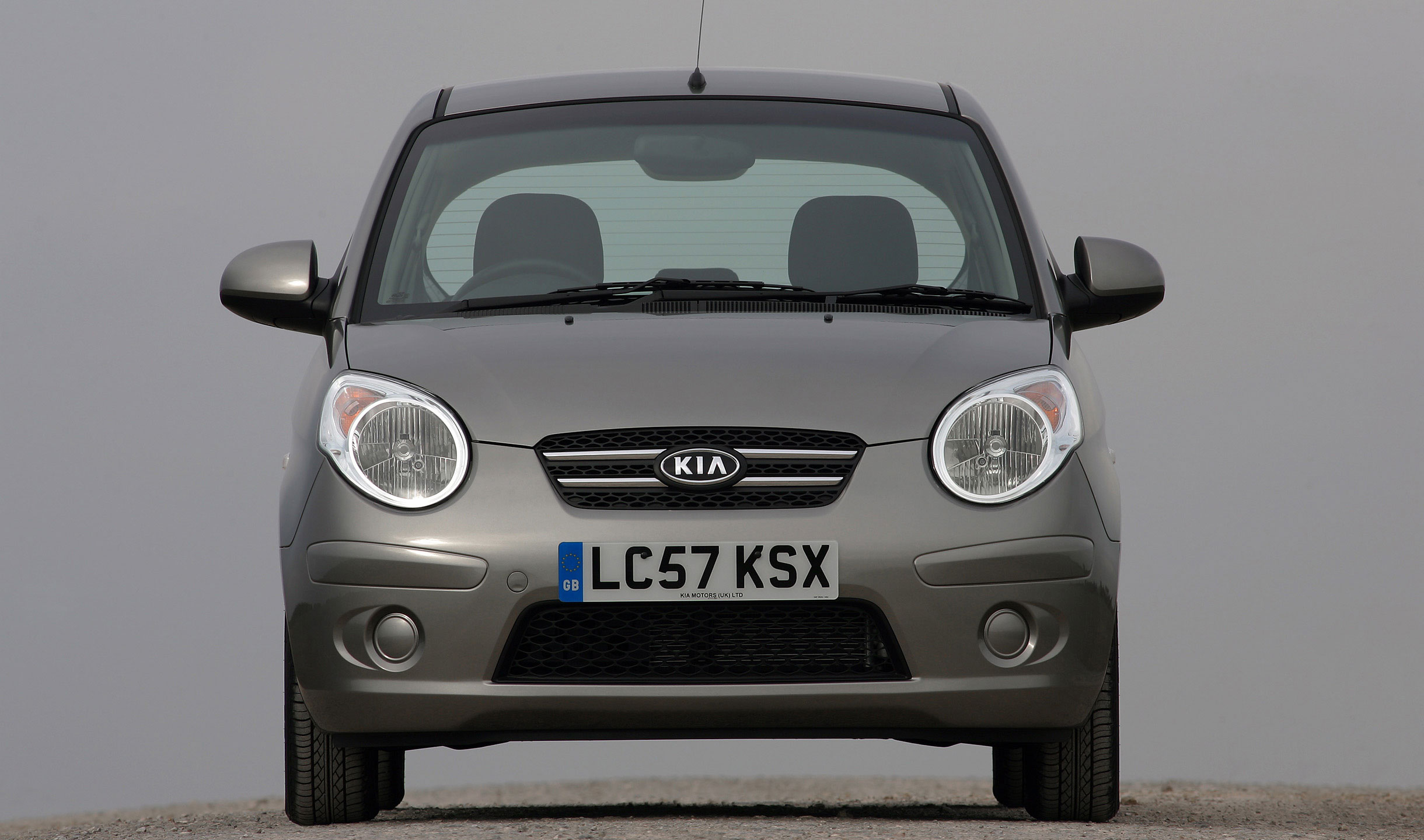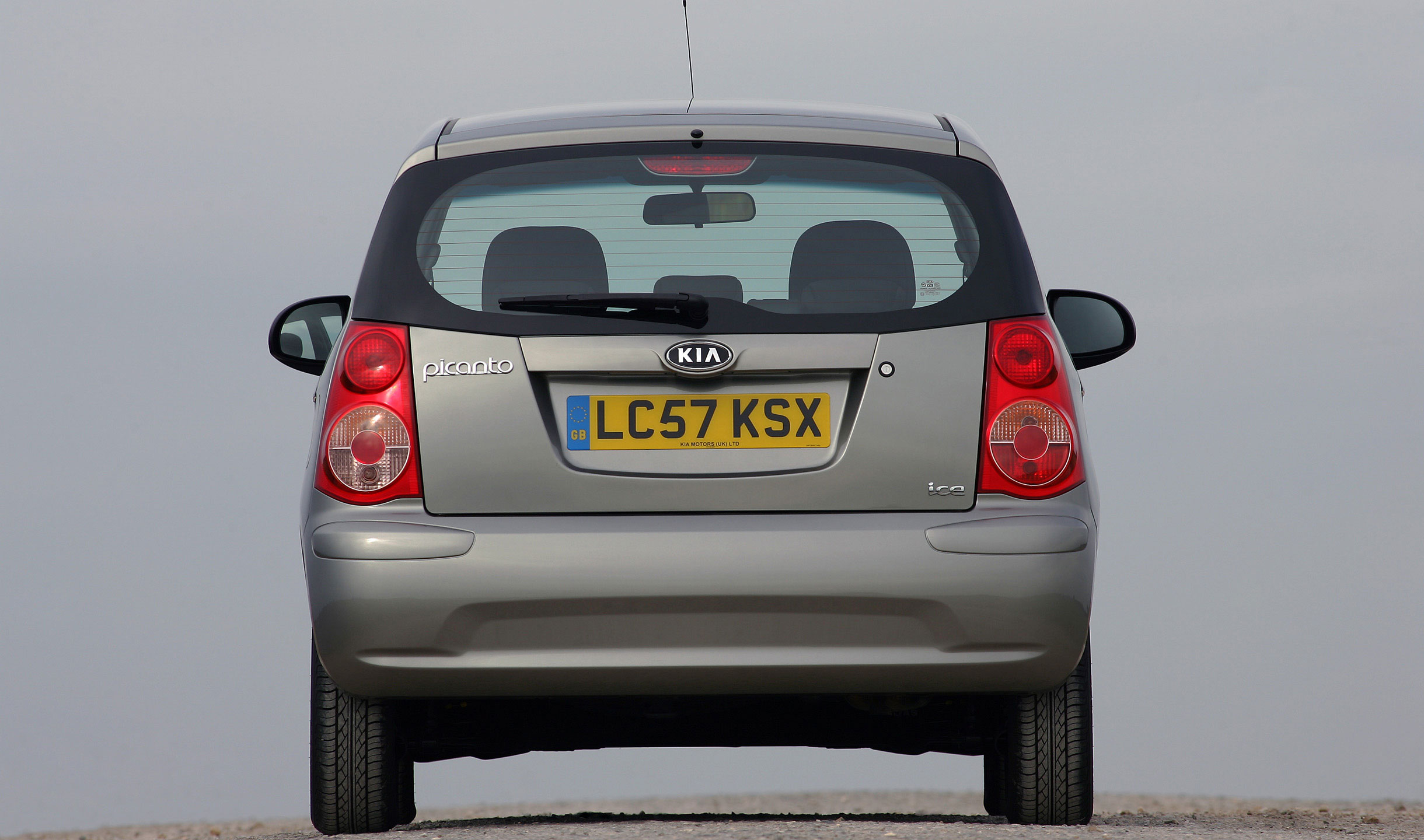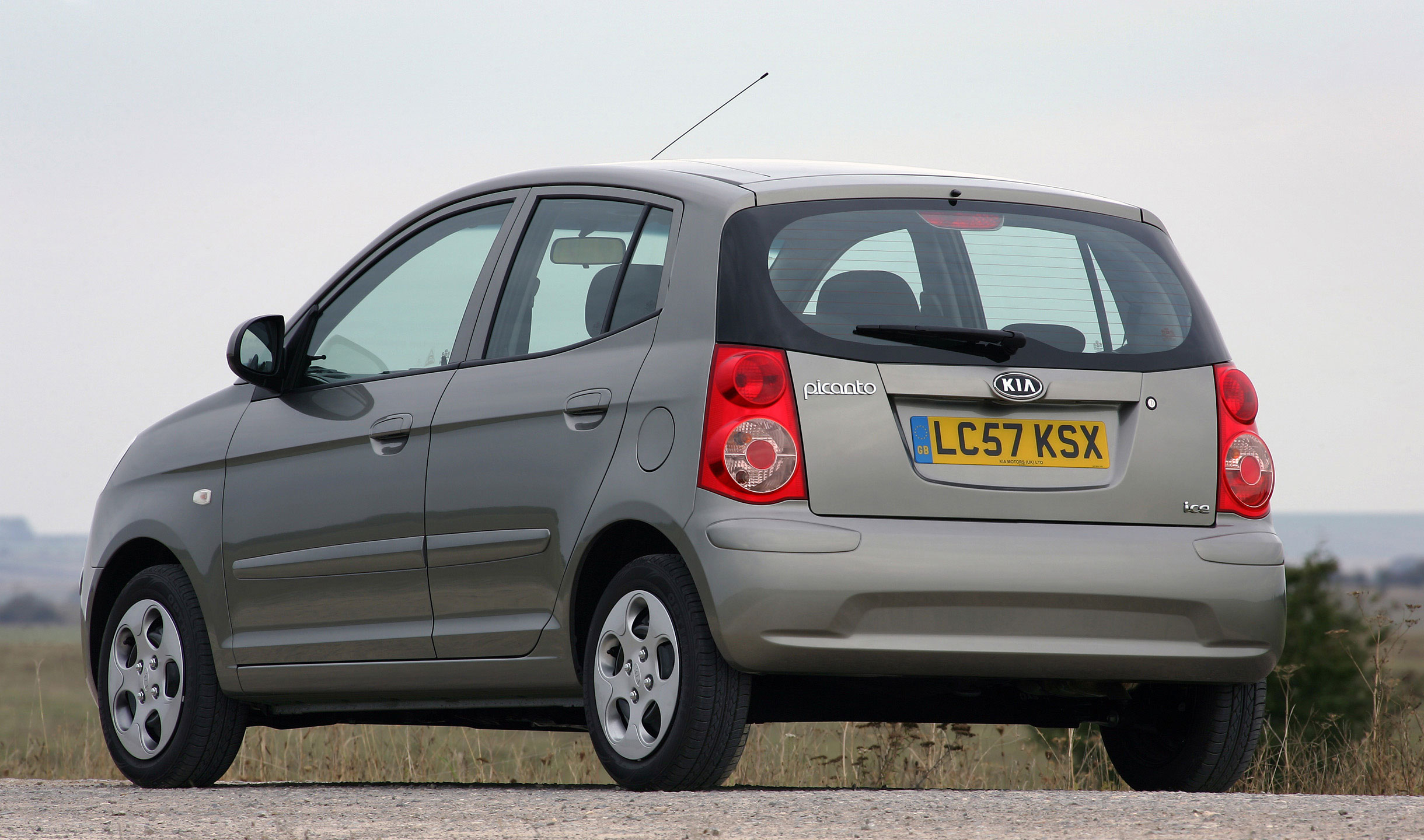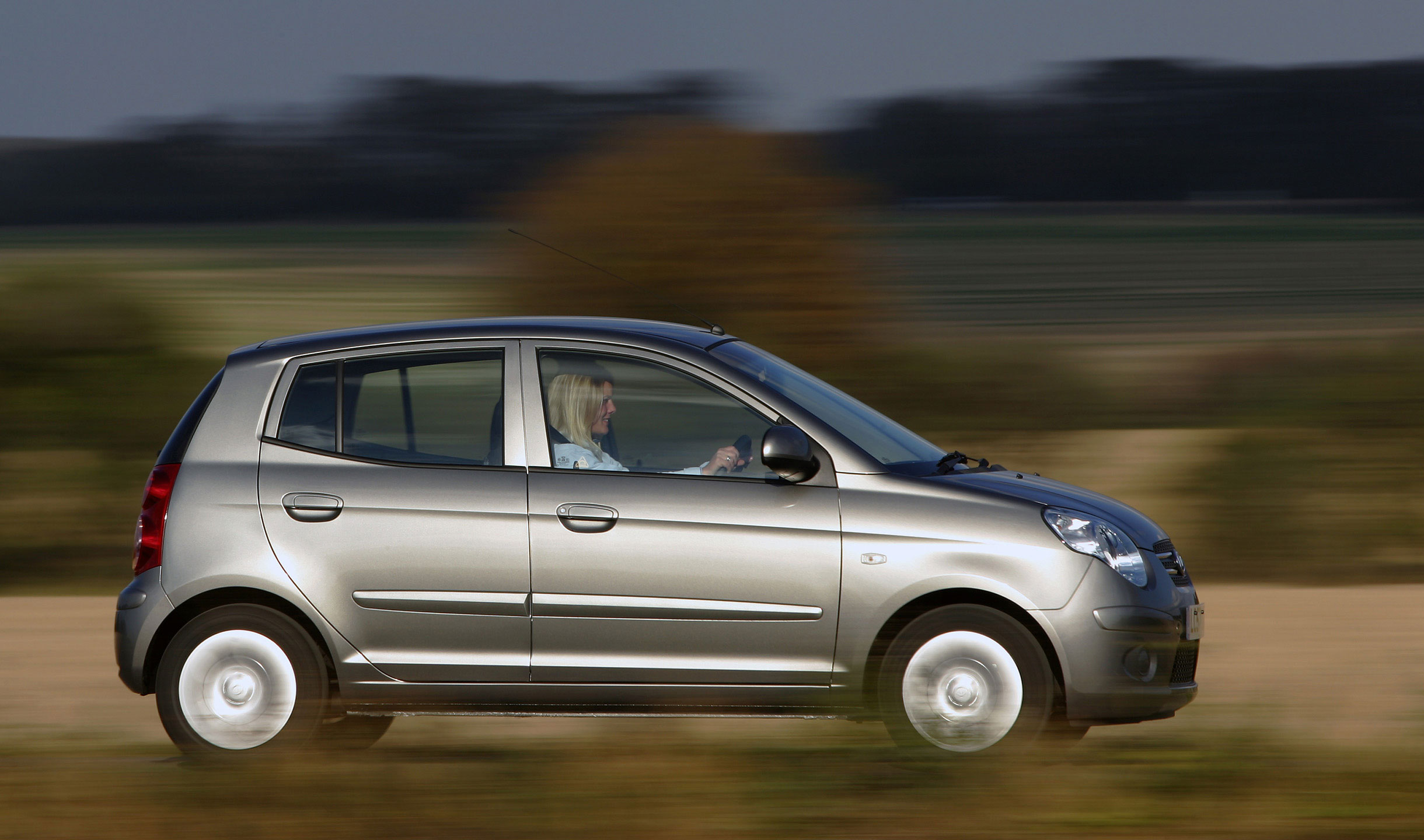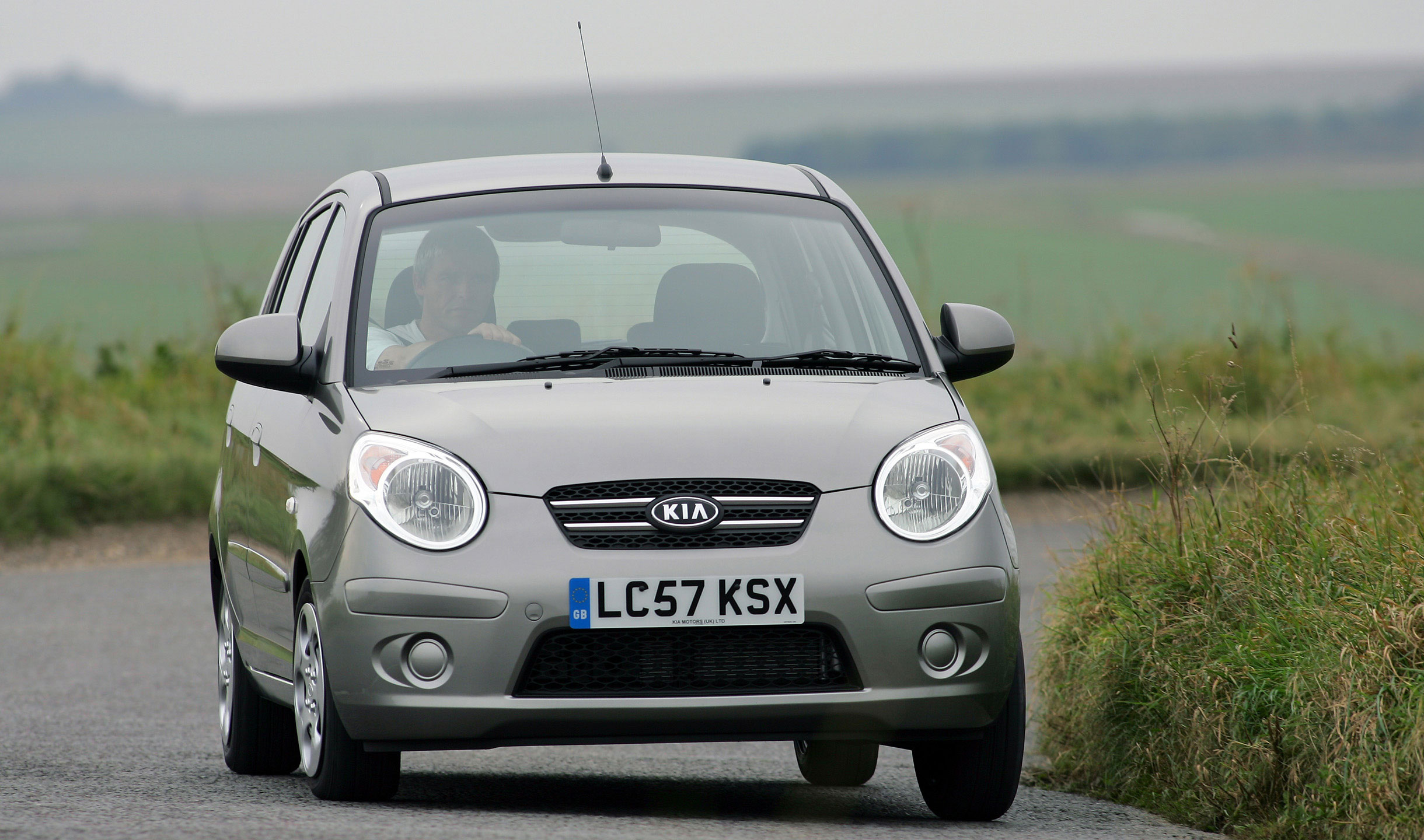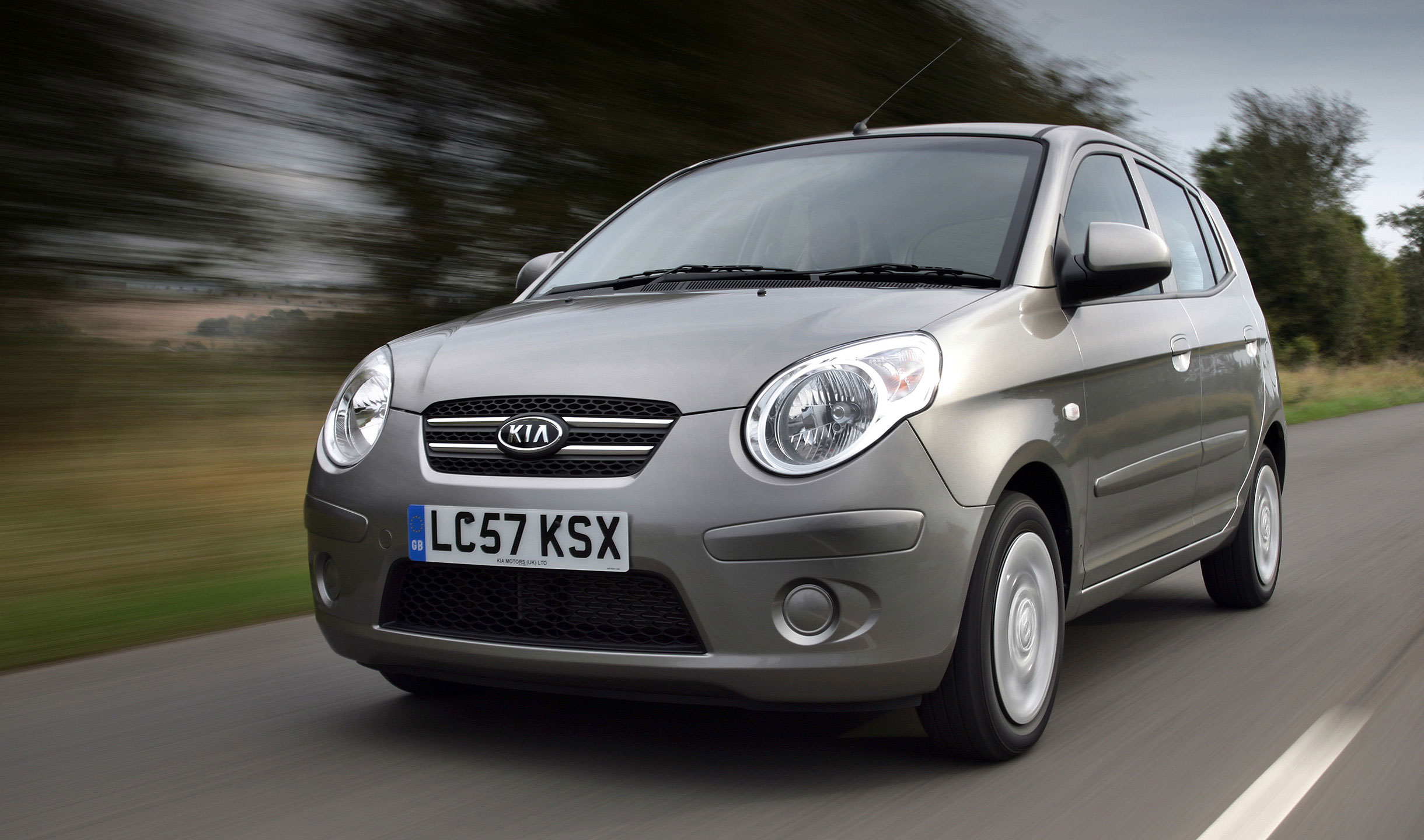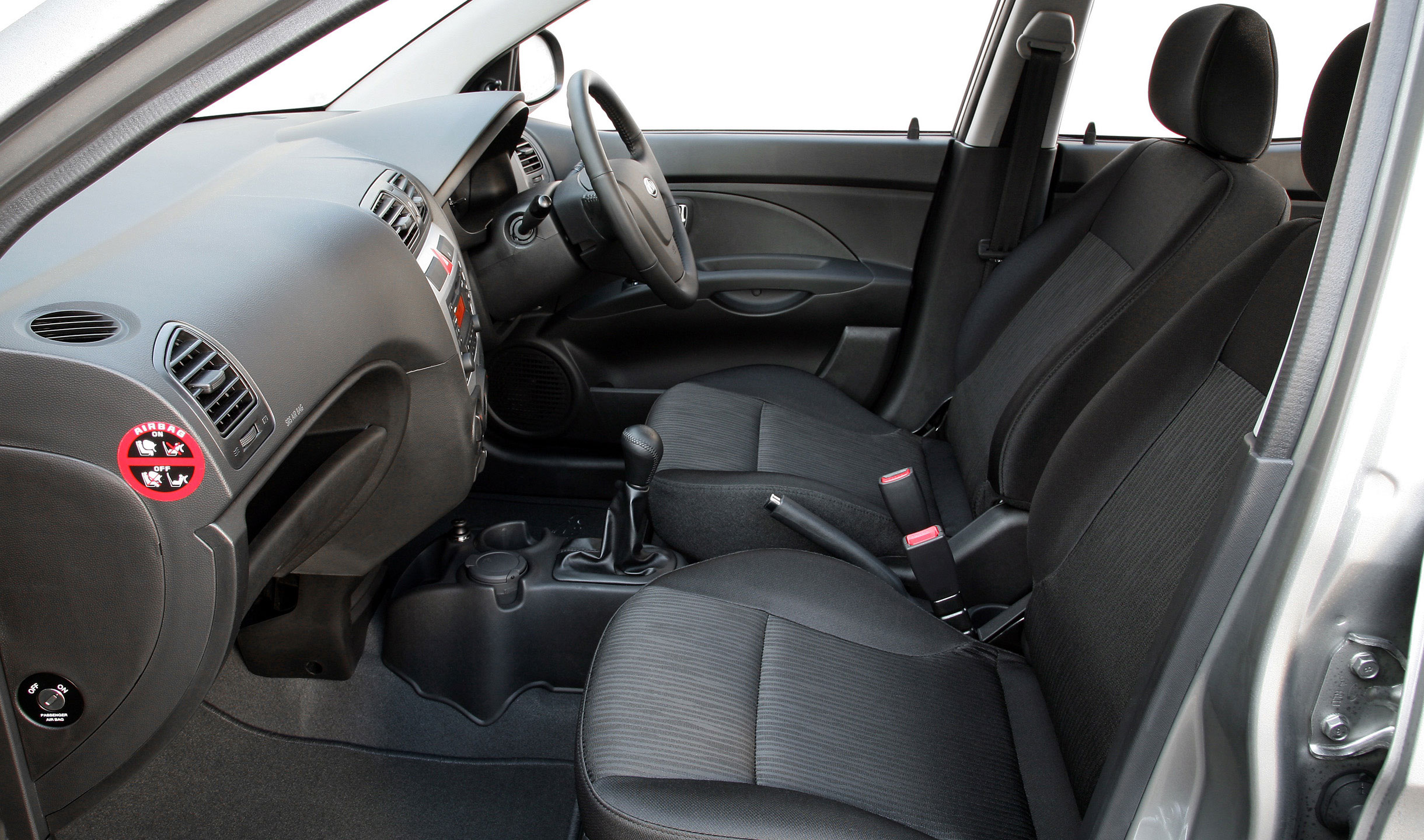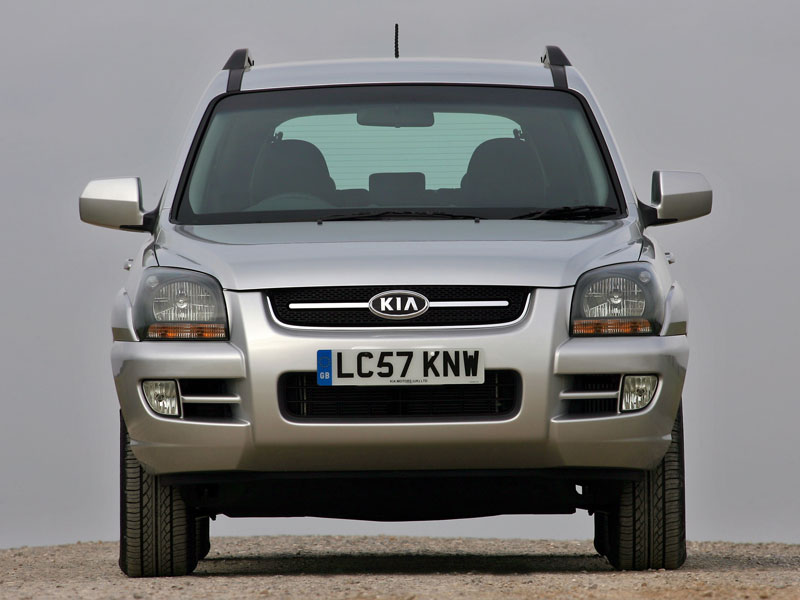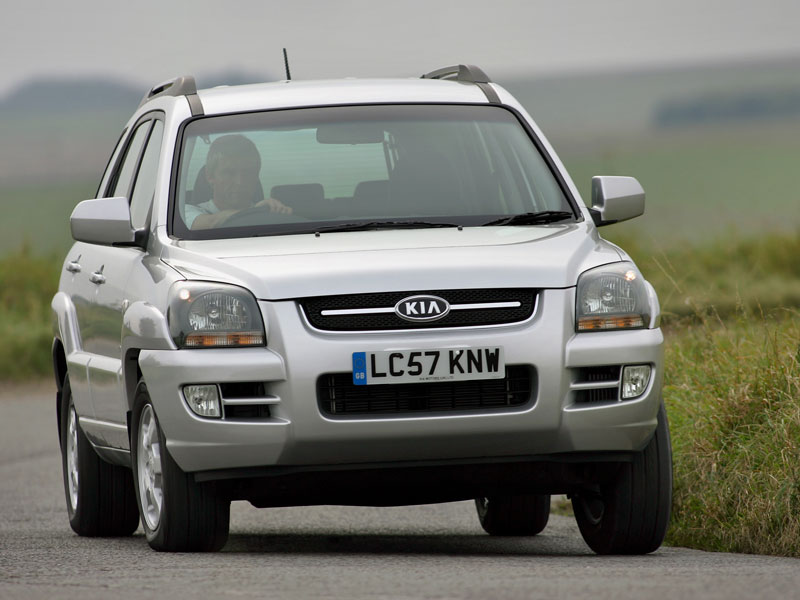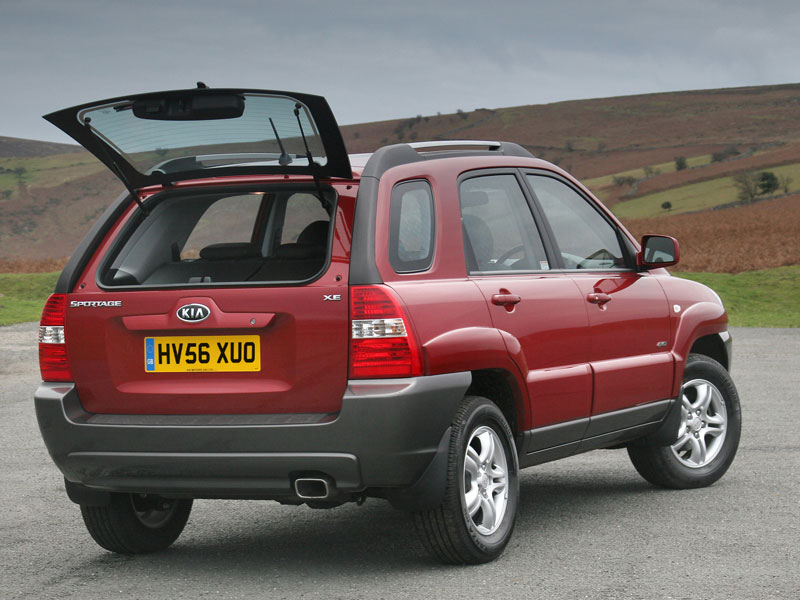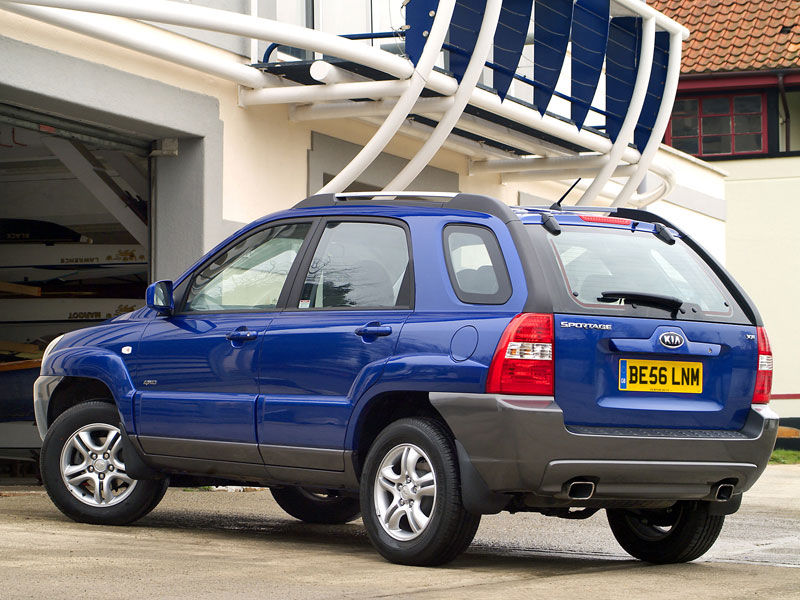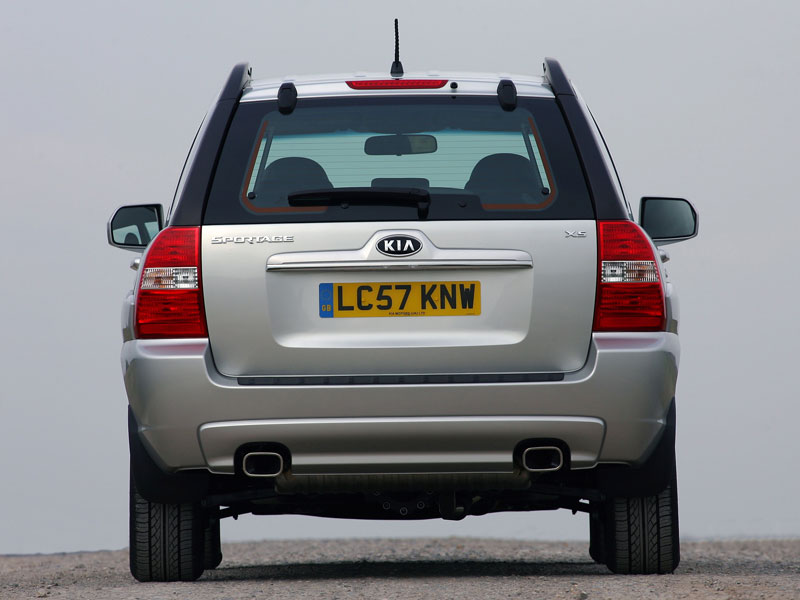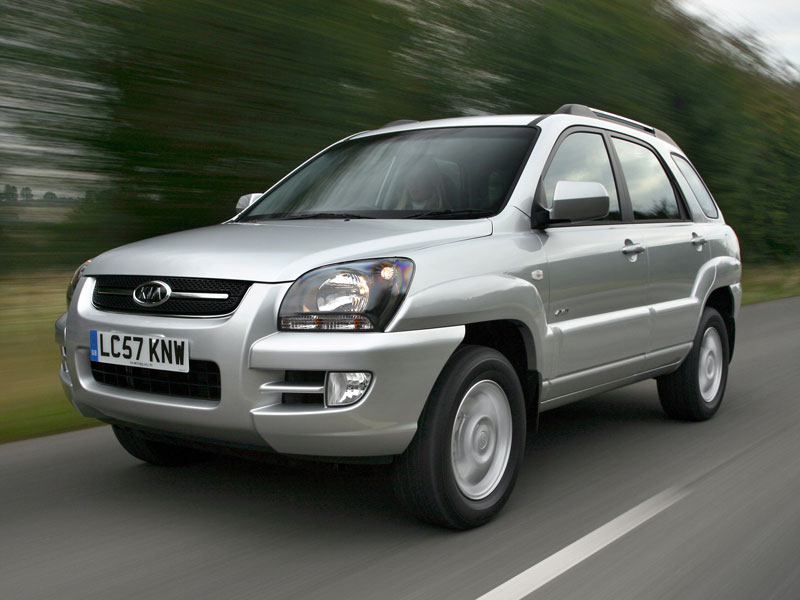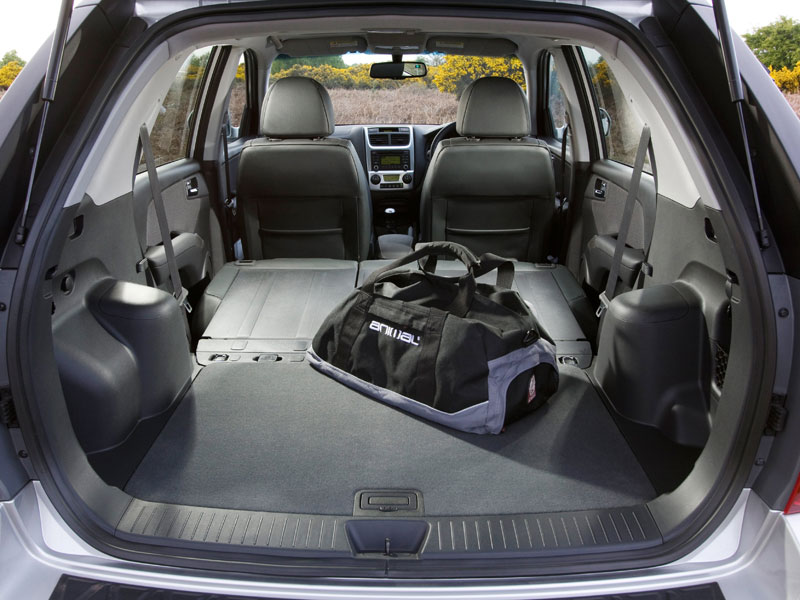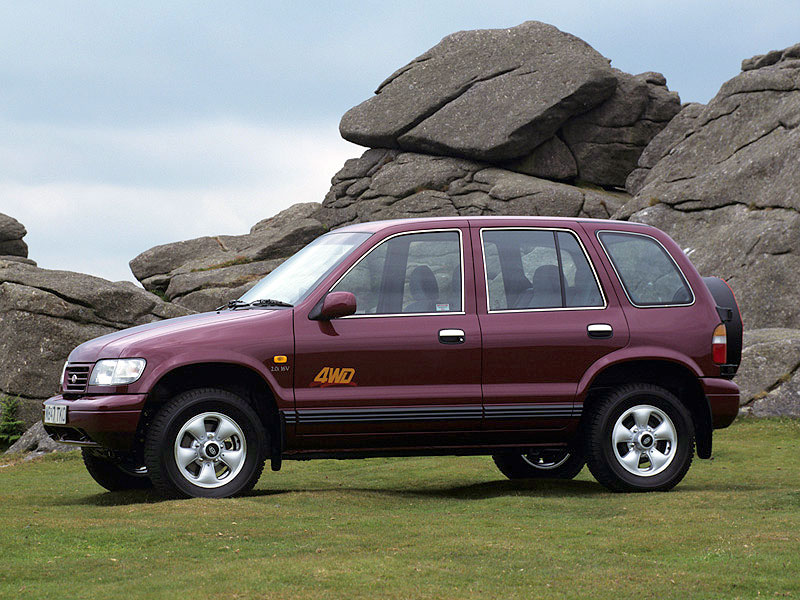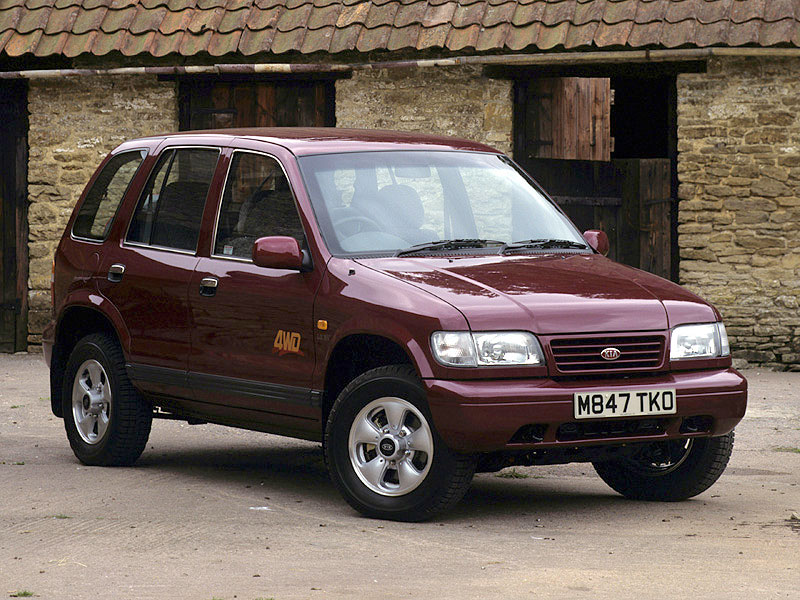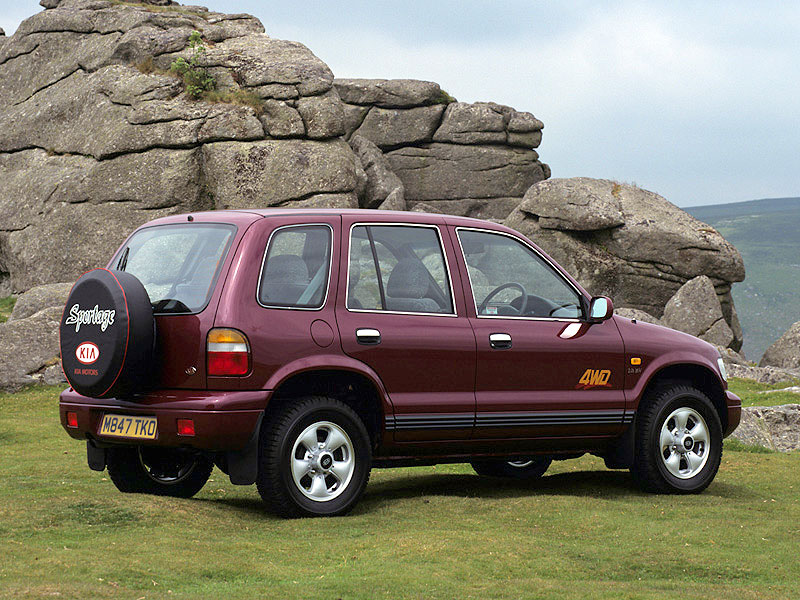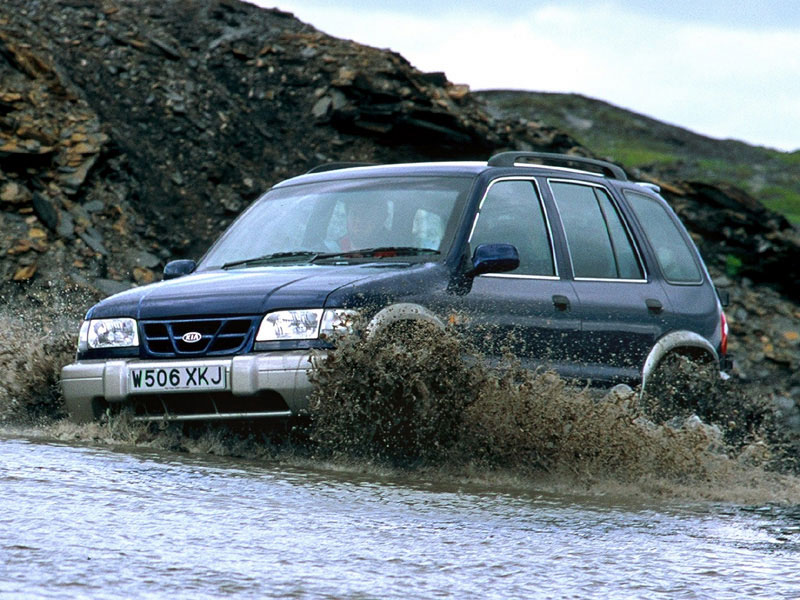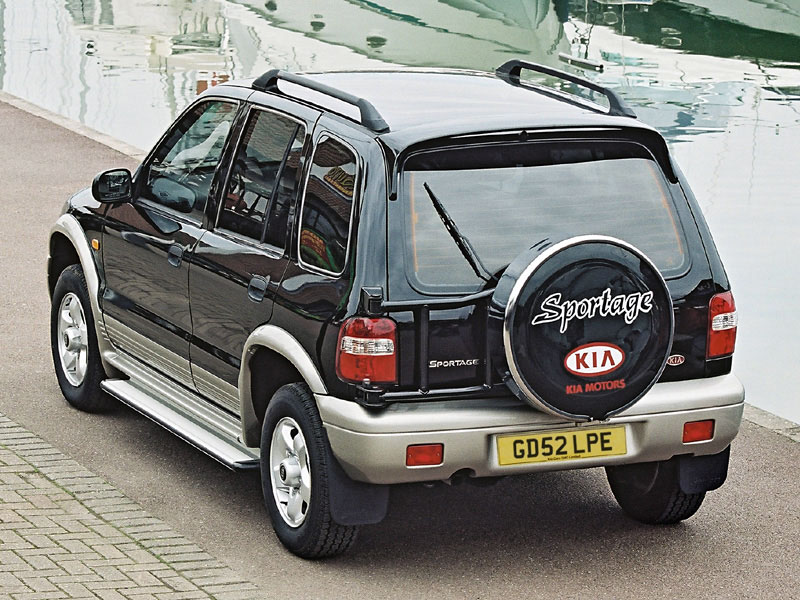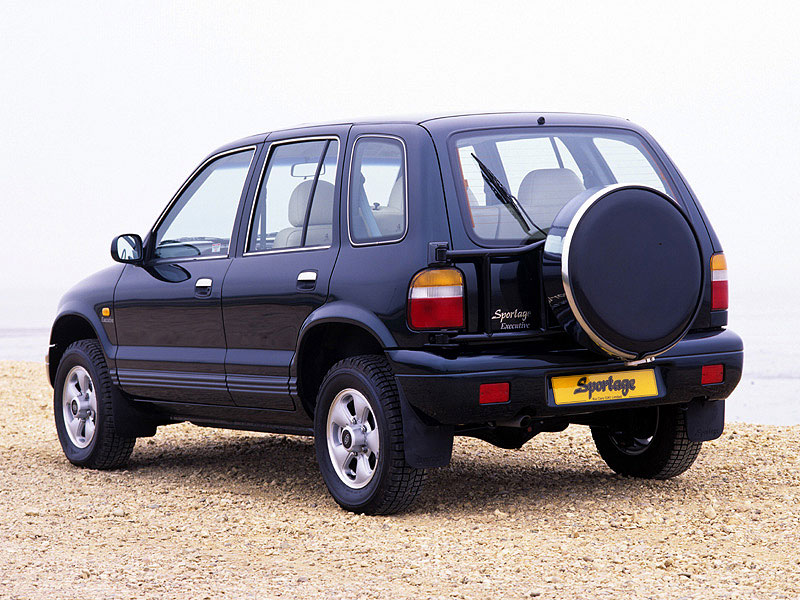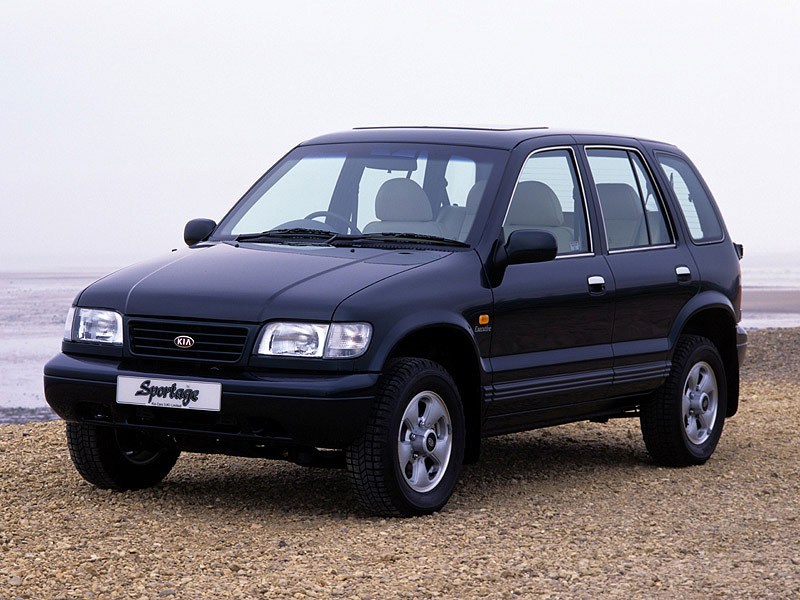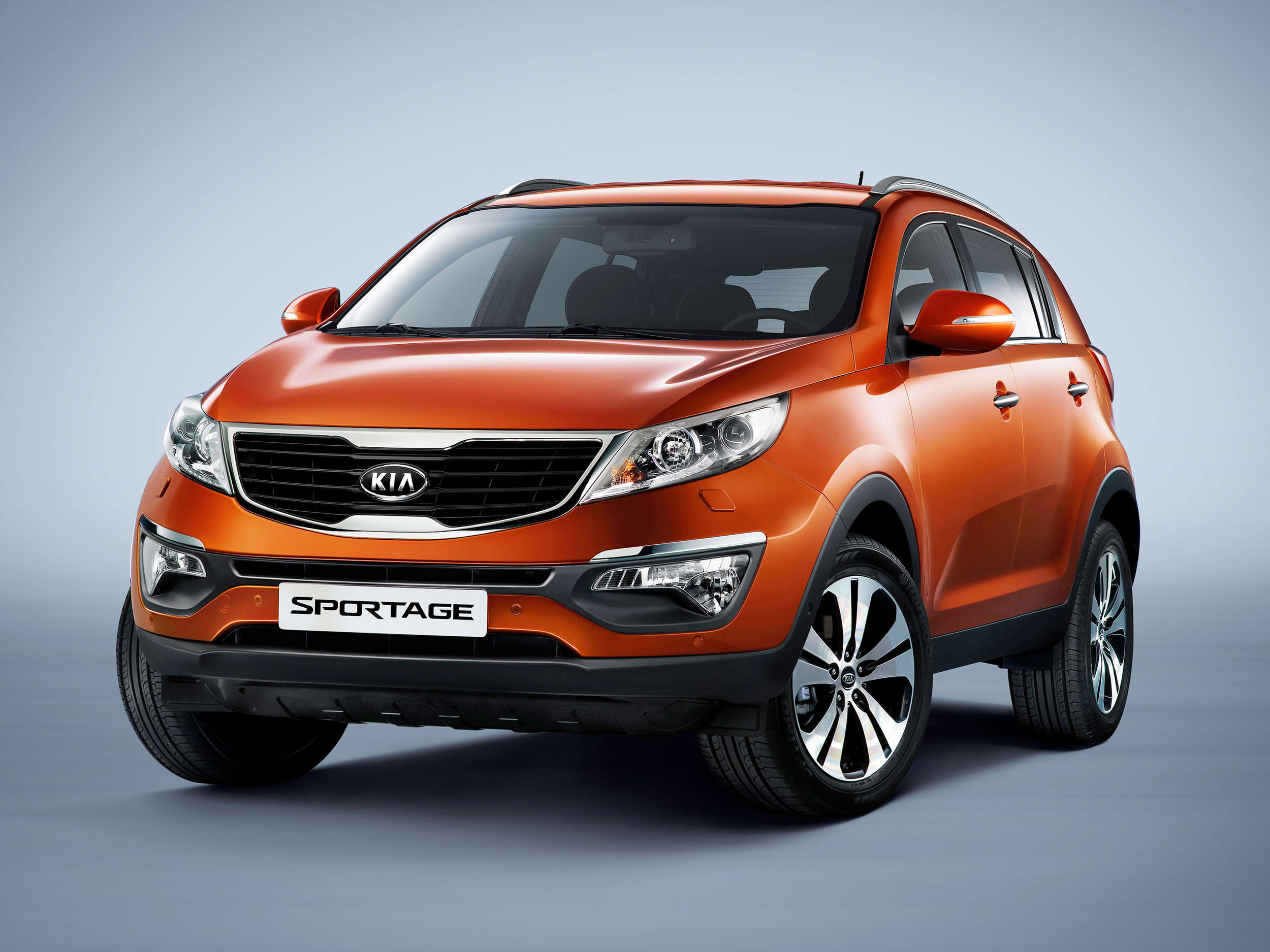
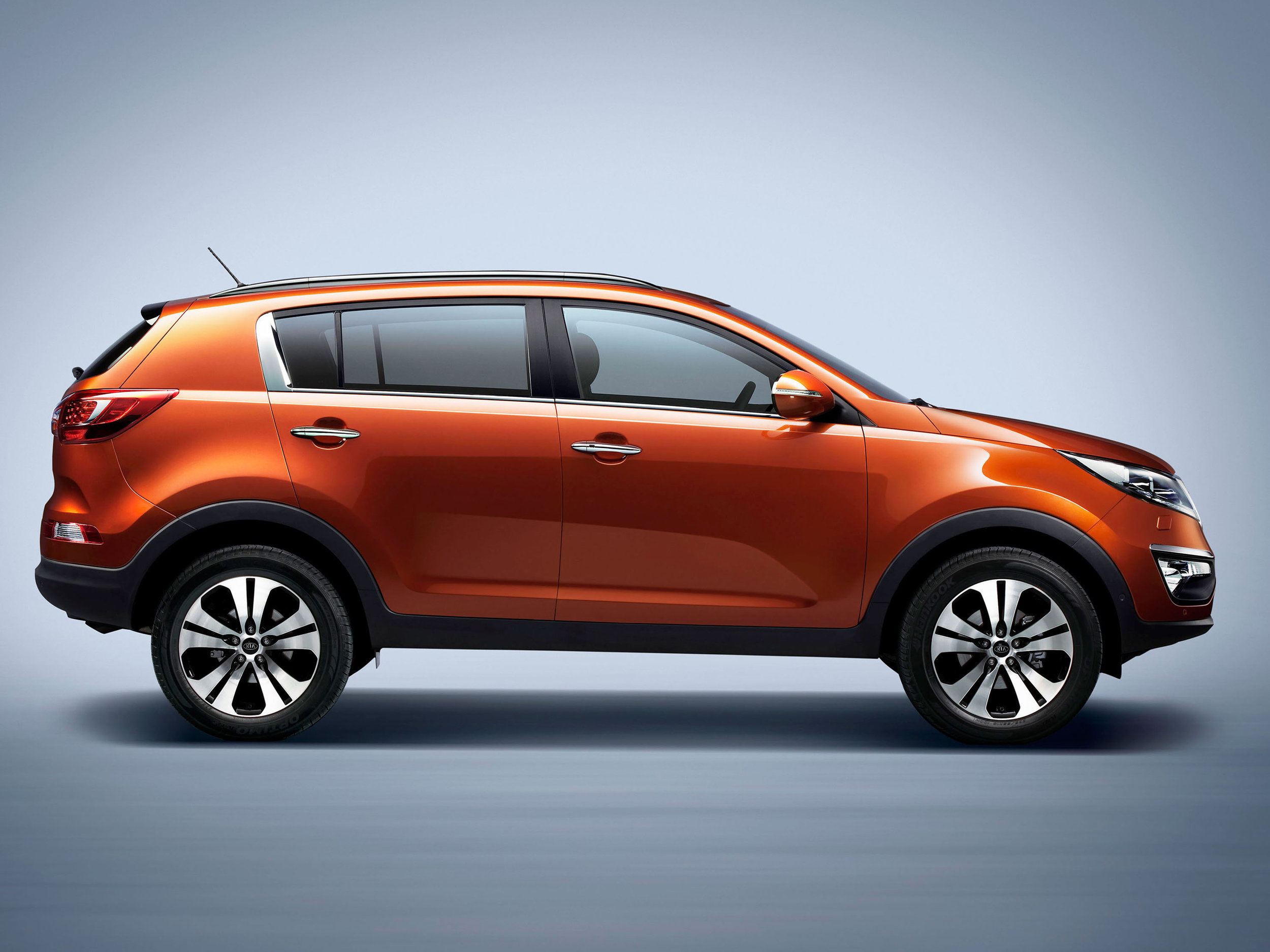
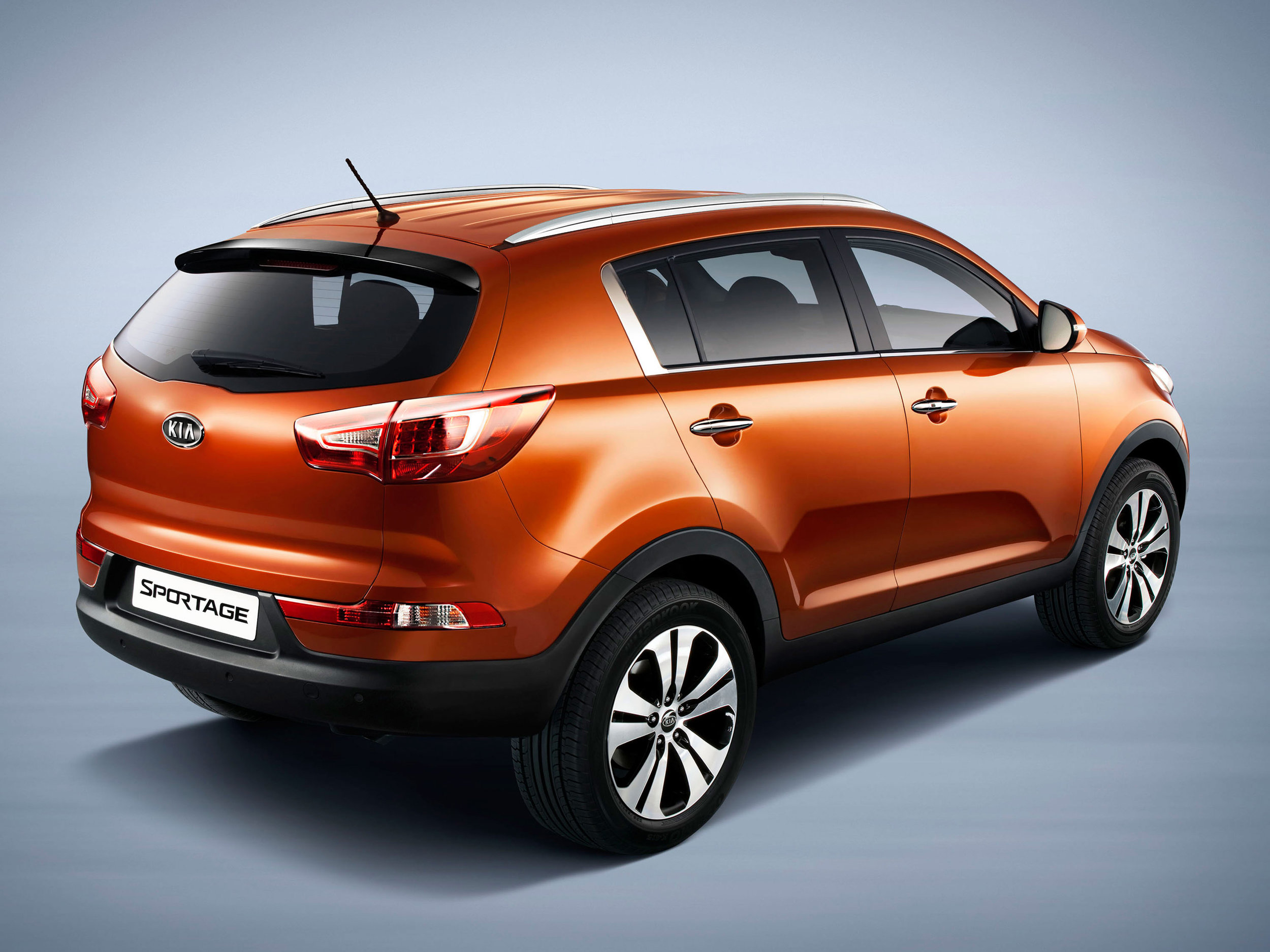

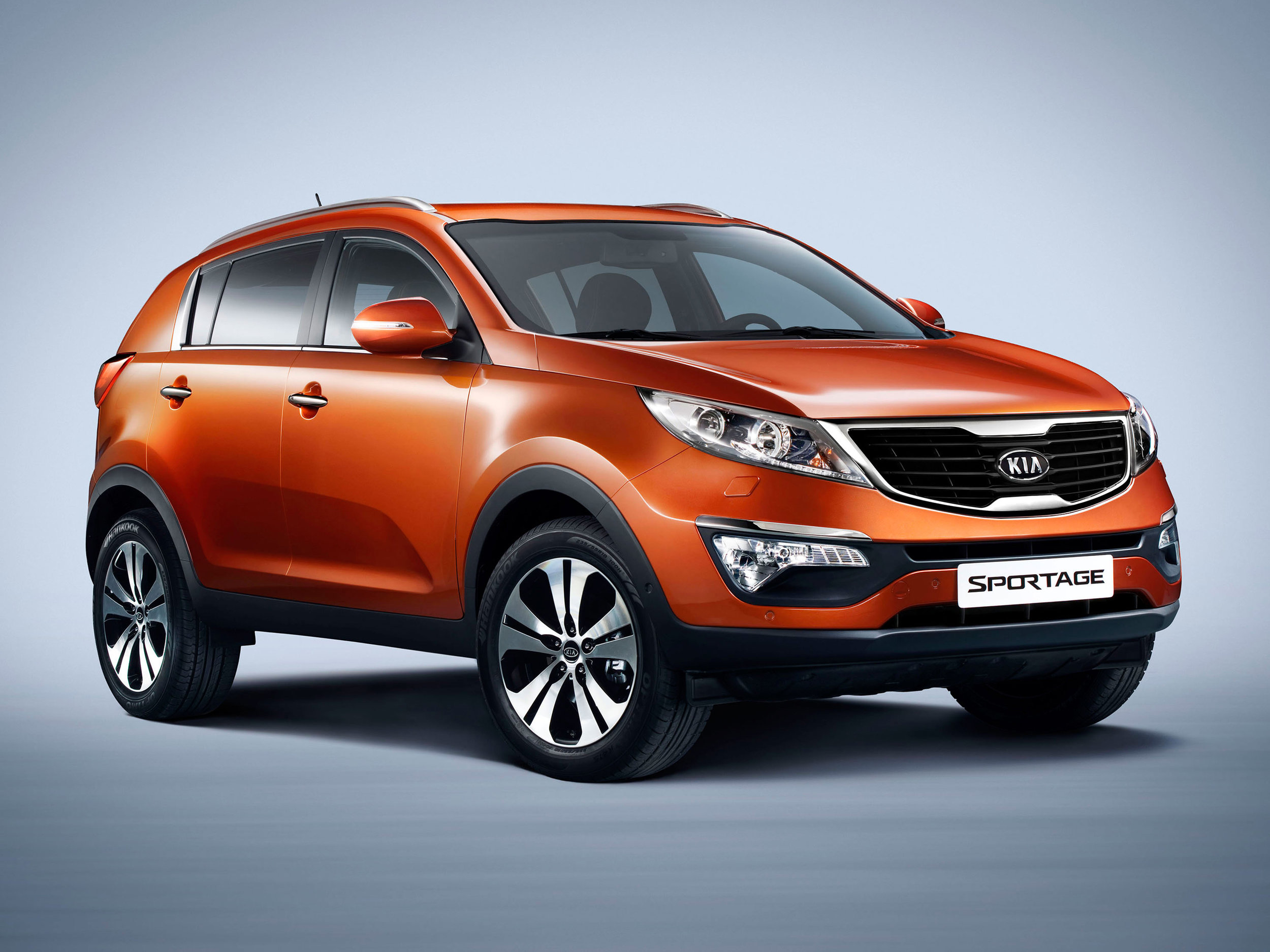
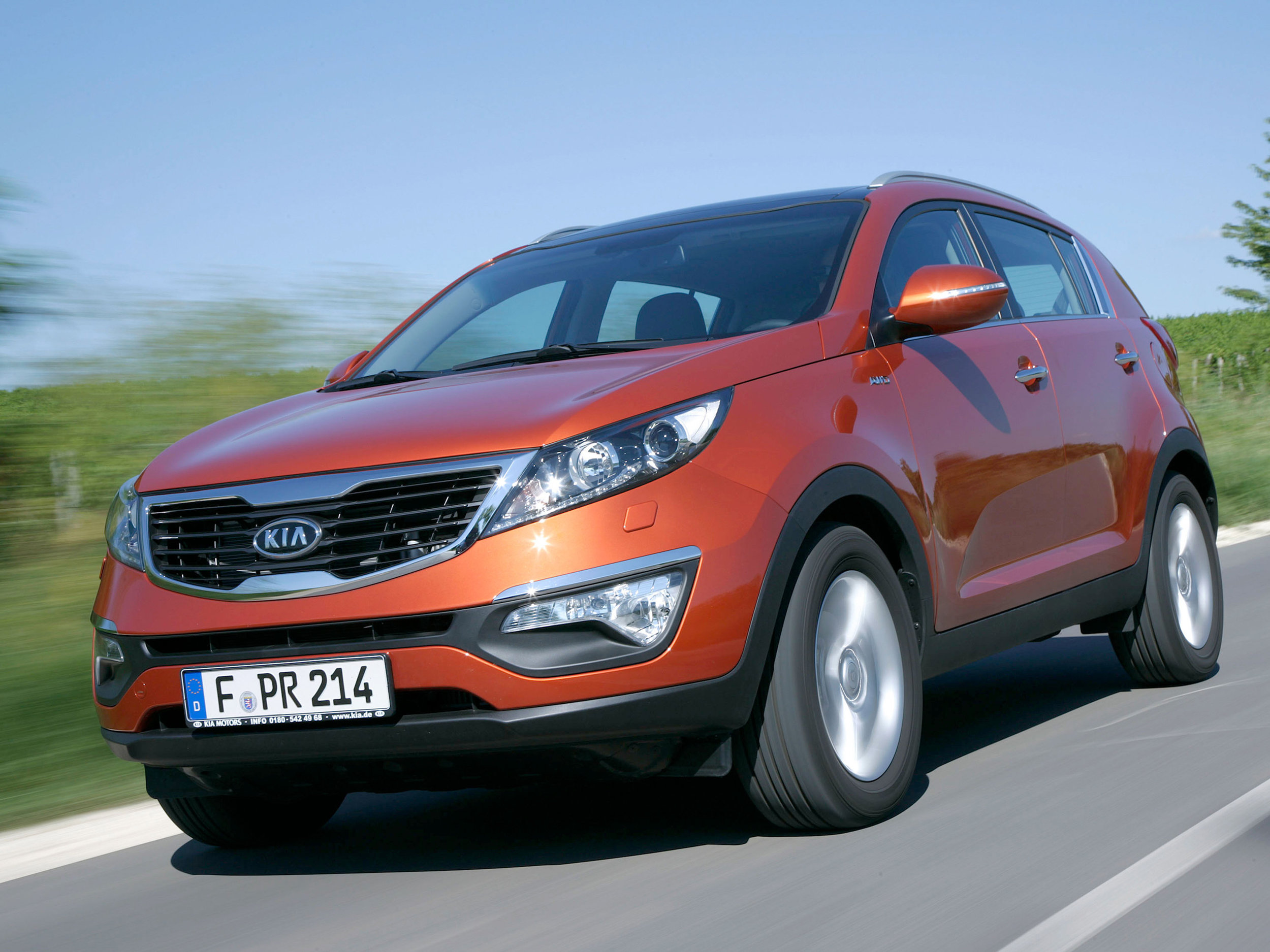
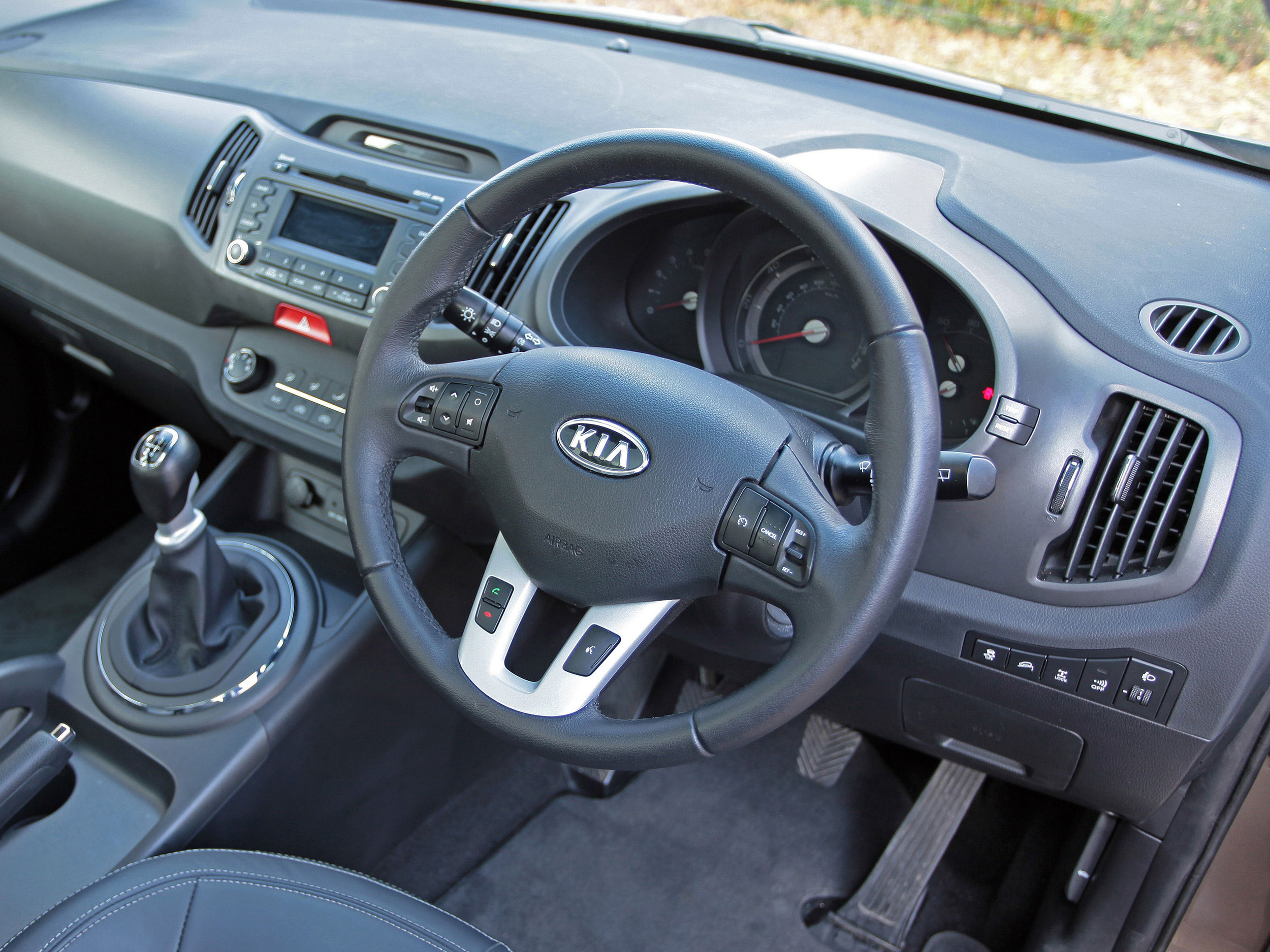
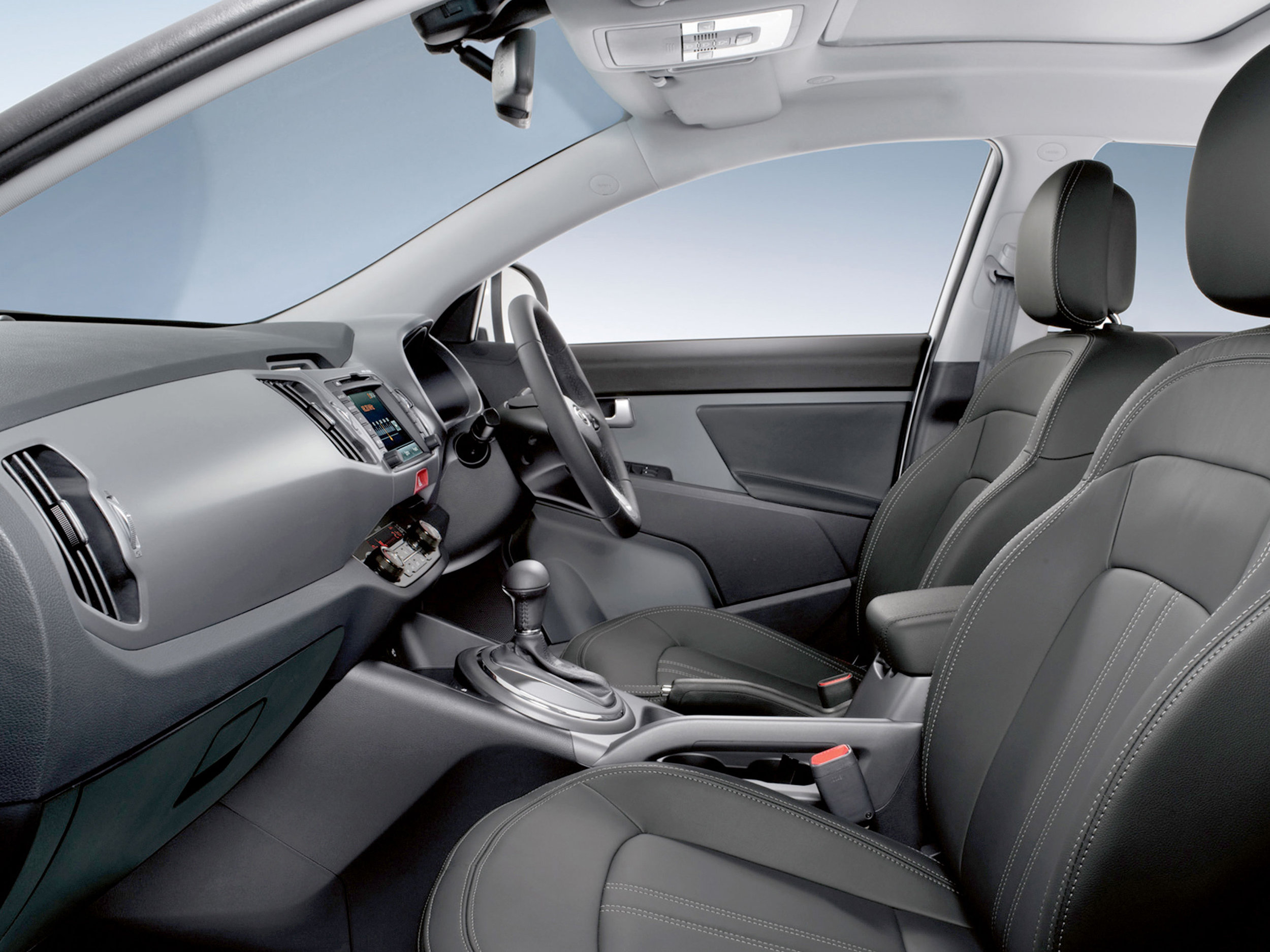
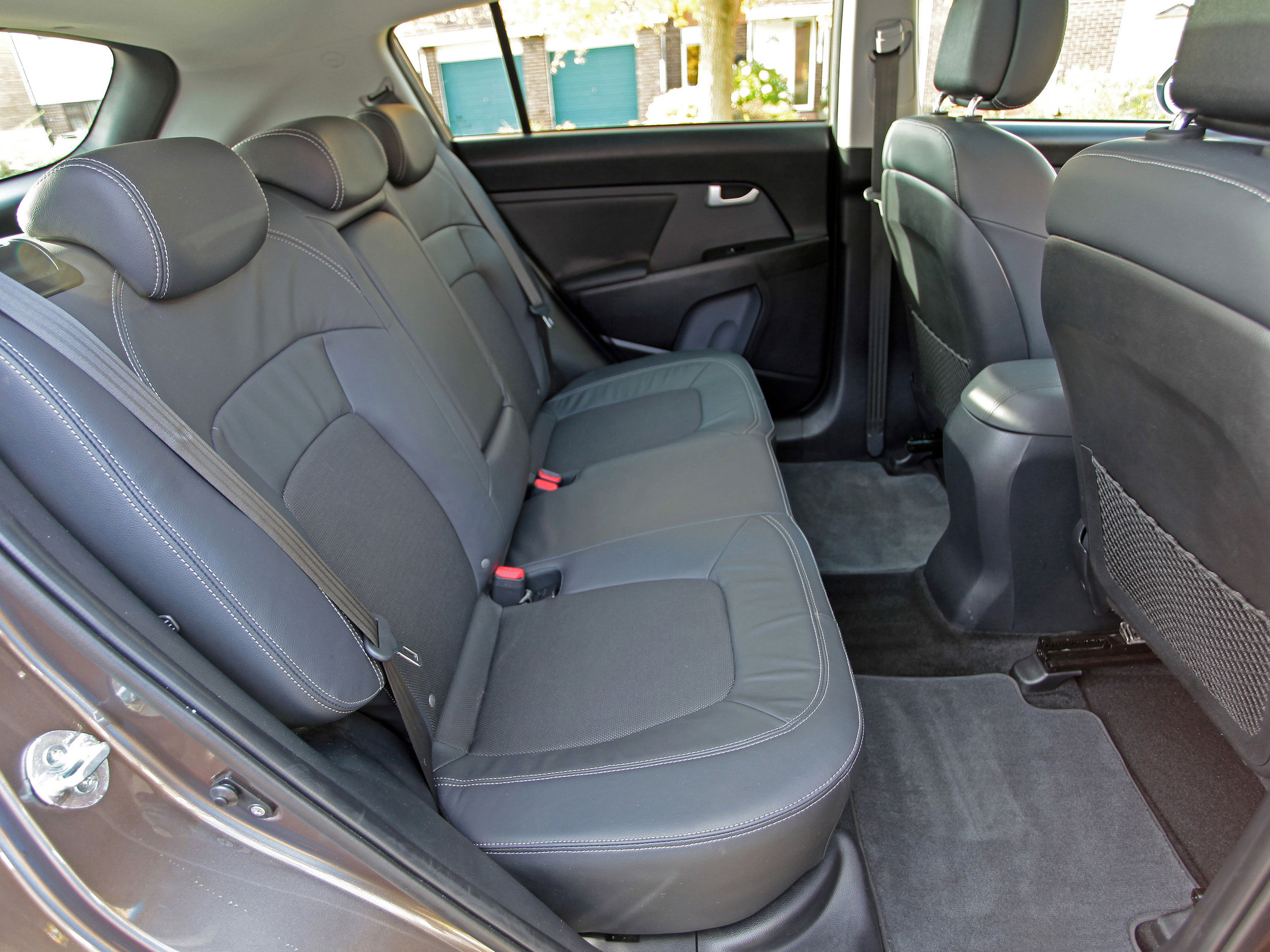


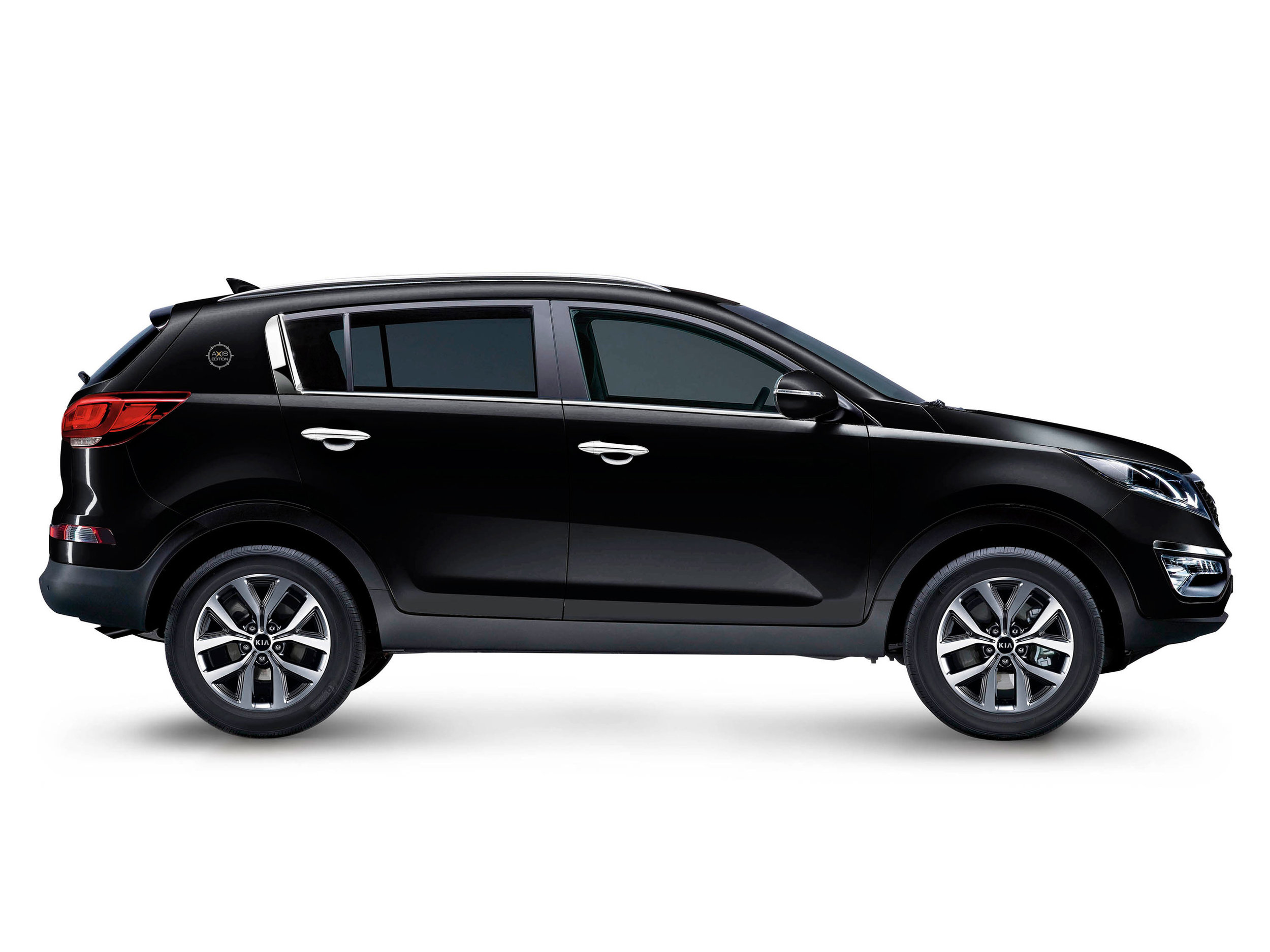



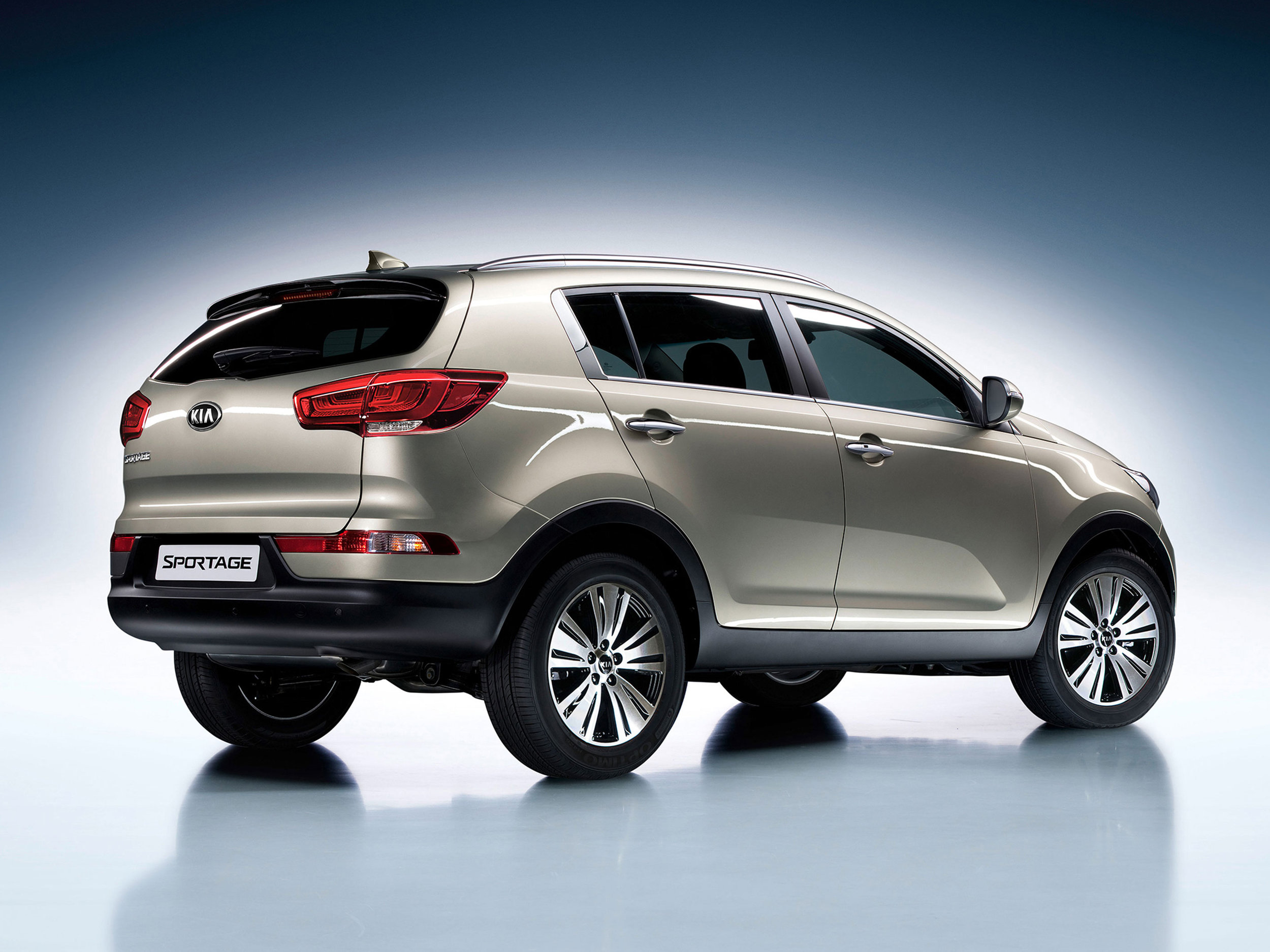
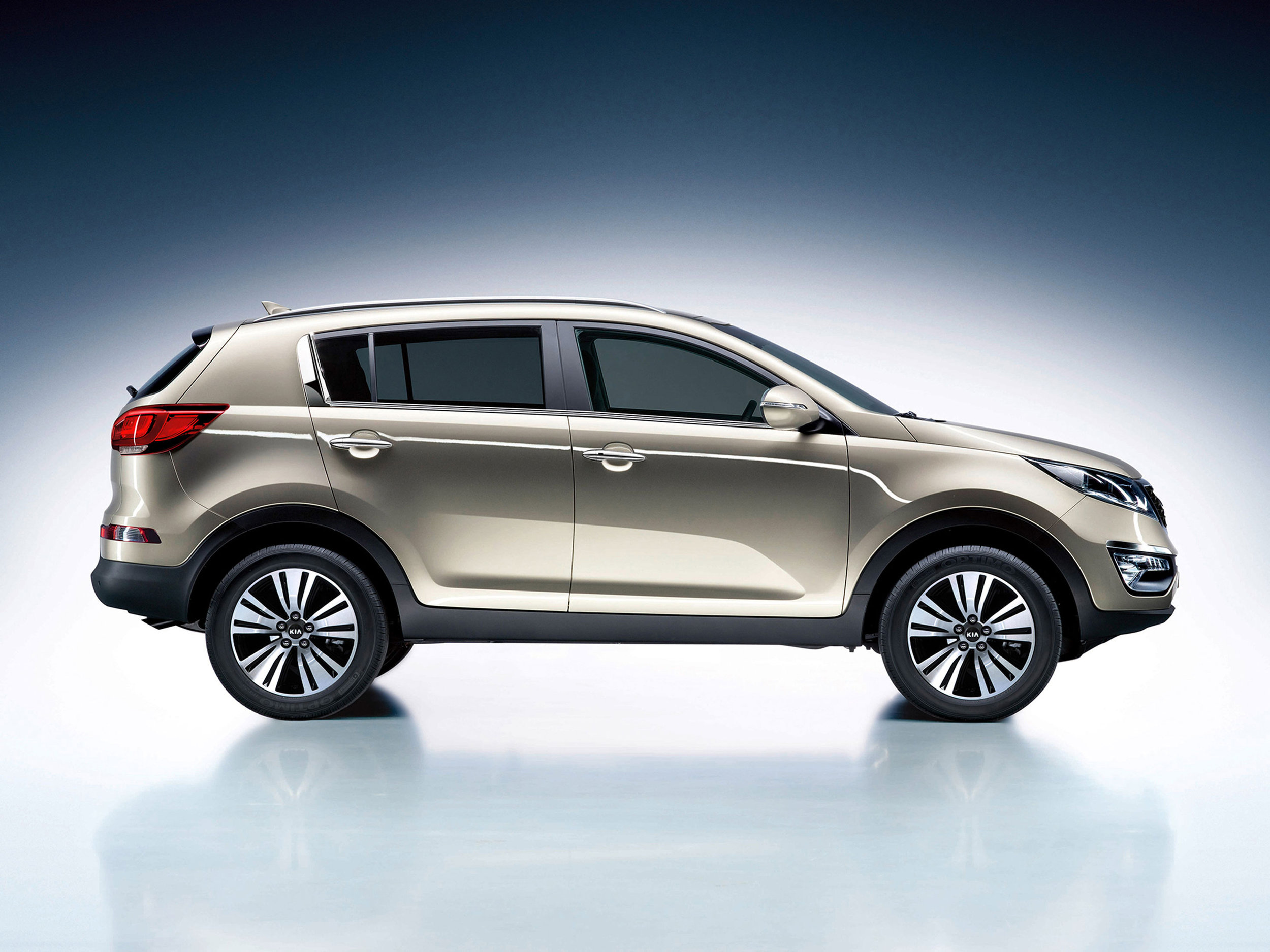
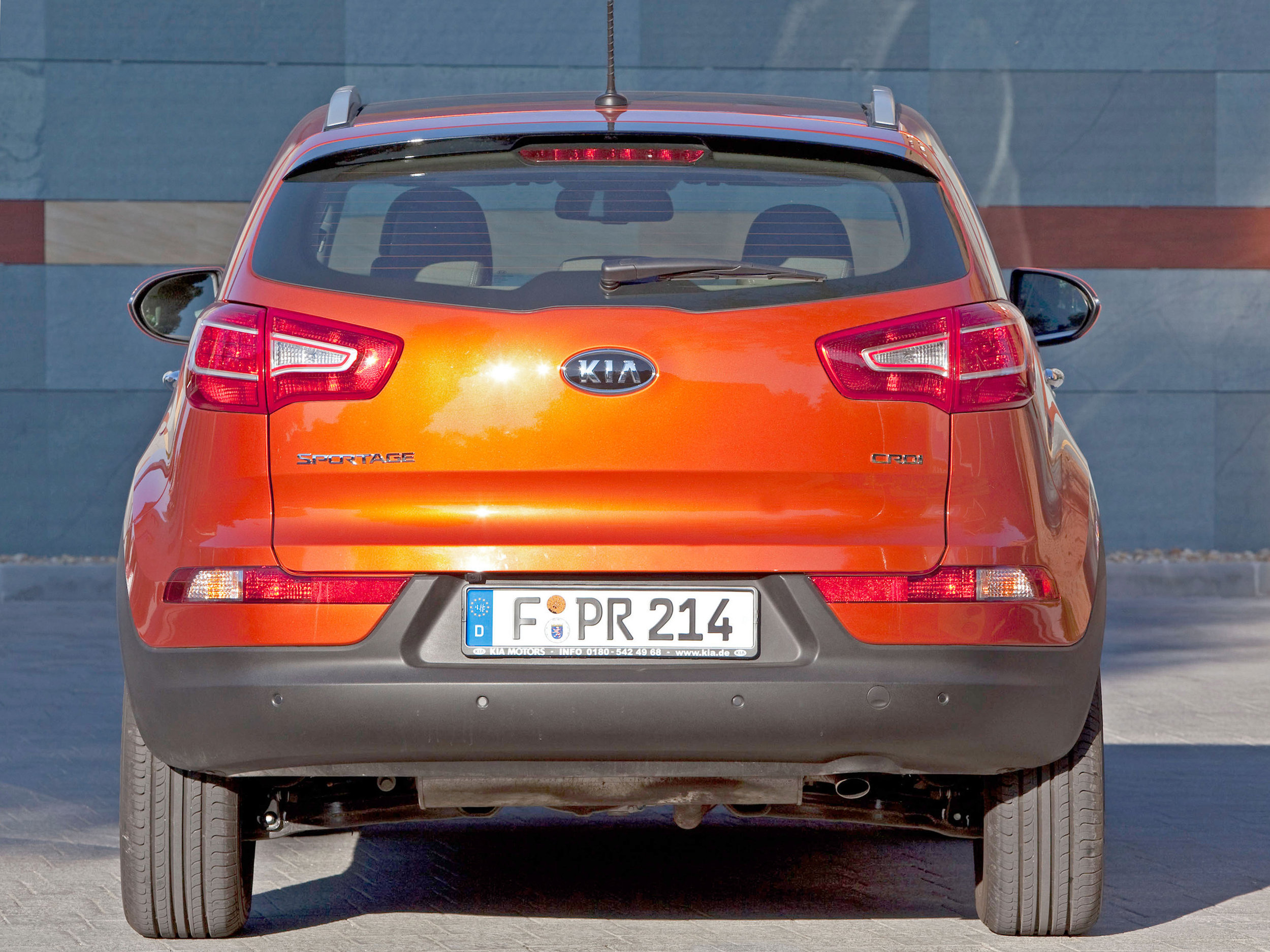

It was the original Picanto that showed Kia’s potential, but when the third-generation Sportage appeared in 2010 the Korean manufacturer realised that potential. This sharp-looking SUV came with concept car looks, a long warranty, generous equipment levels and a healthy dose of practicality – yet it was every bit as affordable as you’d expect a Kia to be. Accounting for around a quarter of Kia’s sales in the UK, when the Sportage Mk3 was current it was the company’s biggest-selling model and it’s not hard to see why. As a used buy the Sportage is just as enticing.
Key dates
11/10: The Sportage Mk3 arrives with 1.6 or 2.0-litre petrol engines, along with 1.7 or 2.0 CRDi diesels. The smaller engines have front-wheel drive; the 2.0-litre models get standard four-wheel drive and an optional automatic gearbox. There are three trim levels (1, 2 and 3, with 4WD models getting a KX prefix).
7/12: There’s a new range-topper; the KX-4.
2/14: A facelifted Sportage brings extra equipment, more options and minor styling changes.
7/15: The limited edition Axis is restricted to 1200 cars and is offered with 1.6 GDi or 1.7 CRDi engines. It sits between the 2 and 3 trims.
Checklist
- There’s no seven-seat option; if you need more than five seats you’ll have to trade up to a Sorento.
- All diesel-engined Sportages have a diesel particulate filter (DPF), so if you’re a low-mileage driver go for a petrol-engined car.
- Some early cars could suffer from wind noise from the glass sunroof; adjusting the mechanism fixes it.
- The 1.7 CRDi can suffer from a loss of power. Replacing the fuel filter can fix things.
- If you’re towing buy a KX-4. It has 282lb ft of torque instead of the 236lb ft of the regular 2.0 CRDi engine.
- The front seats can suffer from tears along the sides of the base, near the front.
- Some cars pull to one side, usually the left. Resetting the electric power steering software helps.
- The standard headlights are poor, so many owners uprate the bulbs. Even the xenon items aren’t that great.
- Corroded alloy wheels aren’t unusual.
We like
- Sharp looks
- Generous equipment levels
- Practicality
- Reliability
- Value
- Frugal engines
We don’t like
- So-so dynamics

